
设计单位 leonmarcial arquitectos
项目地点 秘鲁卢林
项目时间 2021年
建筑面积 75308平方米
项目背景
秘鲁国家博物馆(MUNA)位于卢林山谷Pachacamac考古保护区的非物质??区西部。这片土地已有3000年的历史,并通过其上的建筑展示出一个漫长的历史转折过程。一千年前,这里成为主要的朝圣中心,通过印加公路系统连接至安第斯山脉。
Muna is located to the west of the intangible area of the Archaeological Sanctuary of Pachacamac situated in the Lurin Valley, a territory that registers 3000 years of occupation that shows through its architecture a lengthy historical process of transformation becoming, a thousand years ago, the primarily pilgrimage center connected to the Andes by the Inca road system.
如今,这个带有神谕色彩的考古遗迹与利马南部城市化的社会结构共存,创造出一个新的当代景观。作为一项公共政策,秘鲁文化部与文化区域机构合作,发起了一项全国性的建筑竞赛,以此为保护、修复、研究与展示考古遗产提供主要的新空间。
Today the archaeological pre-existences of this oracle coexist with the social fabric of the urbanizations of Lima South creating a new contemporary landscape. The Ministry of Culture promoted -as public policy-a national architectural competition to develop major new spaces for conservation, restoration, research, and exposure of our archaeological patrimony in coordination with cultural regional institutions.
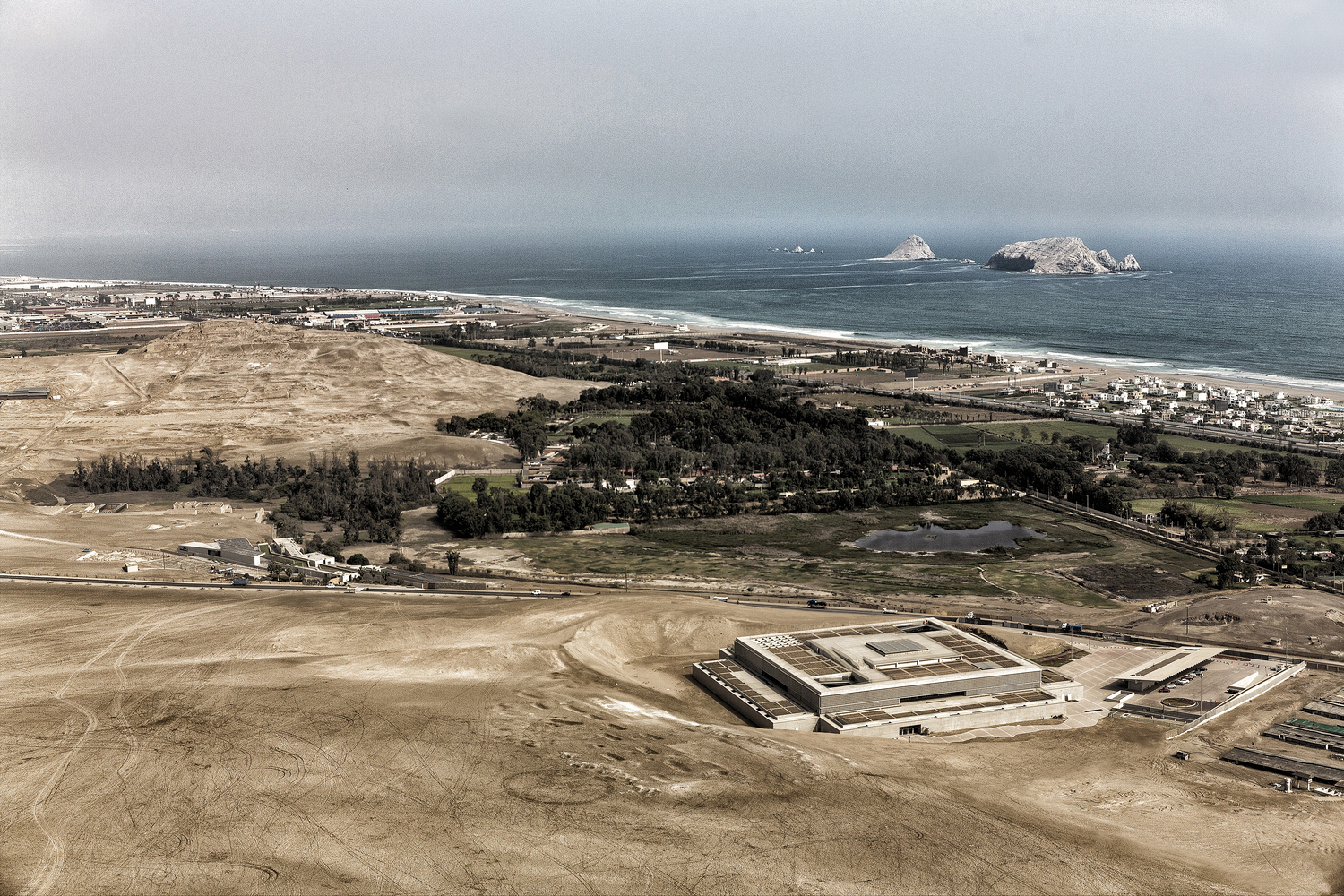
MUNA被构思为一个新的安第斯“山峰”(Kancha)——整合了古代和当代景观的基础设施。博物馆规划了一个边长为126米的灵活四边形体量,拥有宽敞的内部空间,在这个特定的沙漠景观留存的干旱土地上形成了一个清晰且紧凑的体量。
Muna is conceived as a new Andean “kancha”, an infrastructure that integrates both ancient and contemporary landscapes; the Museum inscribes a flexible 126m by 126m quadrangular with a large interior void- a clear and compact volume in the existing arid hollow of this specific desert landscape.

干预通过占据先前挖掘的区域,稳定和恢复了一个退化和脆弱的遗址。这就在没有触及并超过周围沙丘的情况下,在博物馆和周围的沙丘之间创造了一个公共空间。
The intervention stabilizes and restores a degraded and vulnerable site by occupying a previously excavated area. This creates a public space between the Museum and the surrounding dunes without touching them or surpassing them in height.
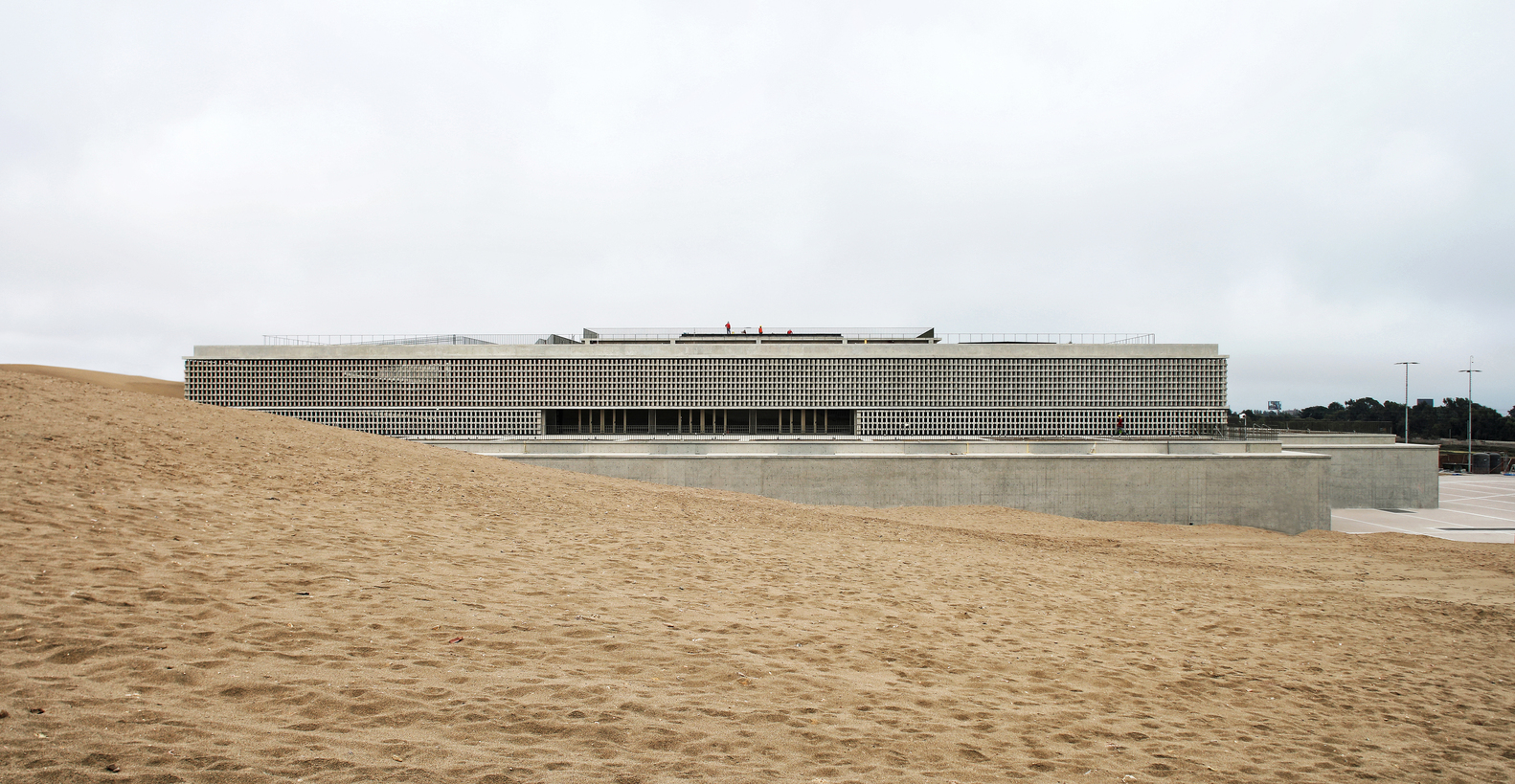
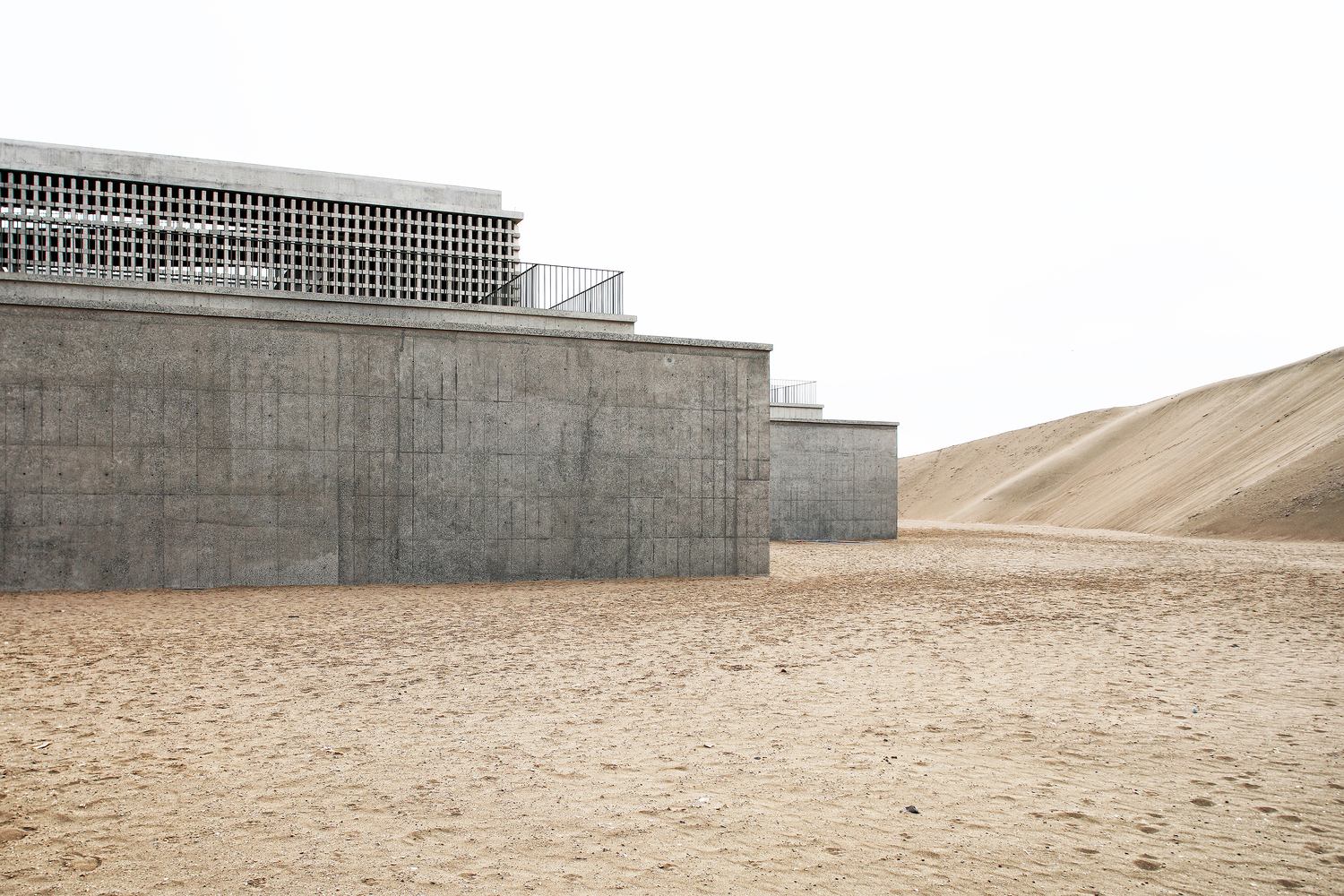
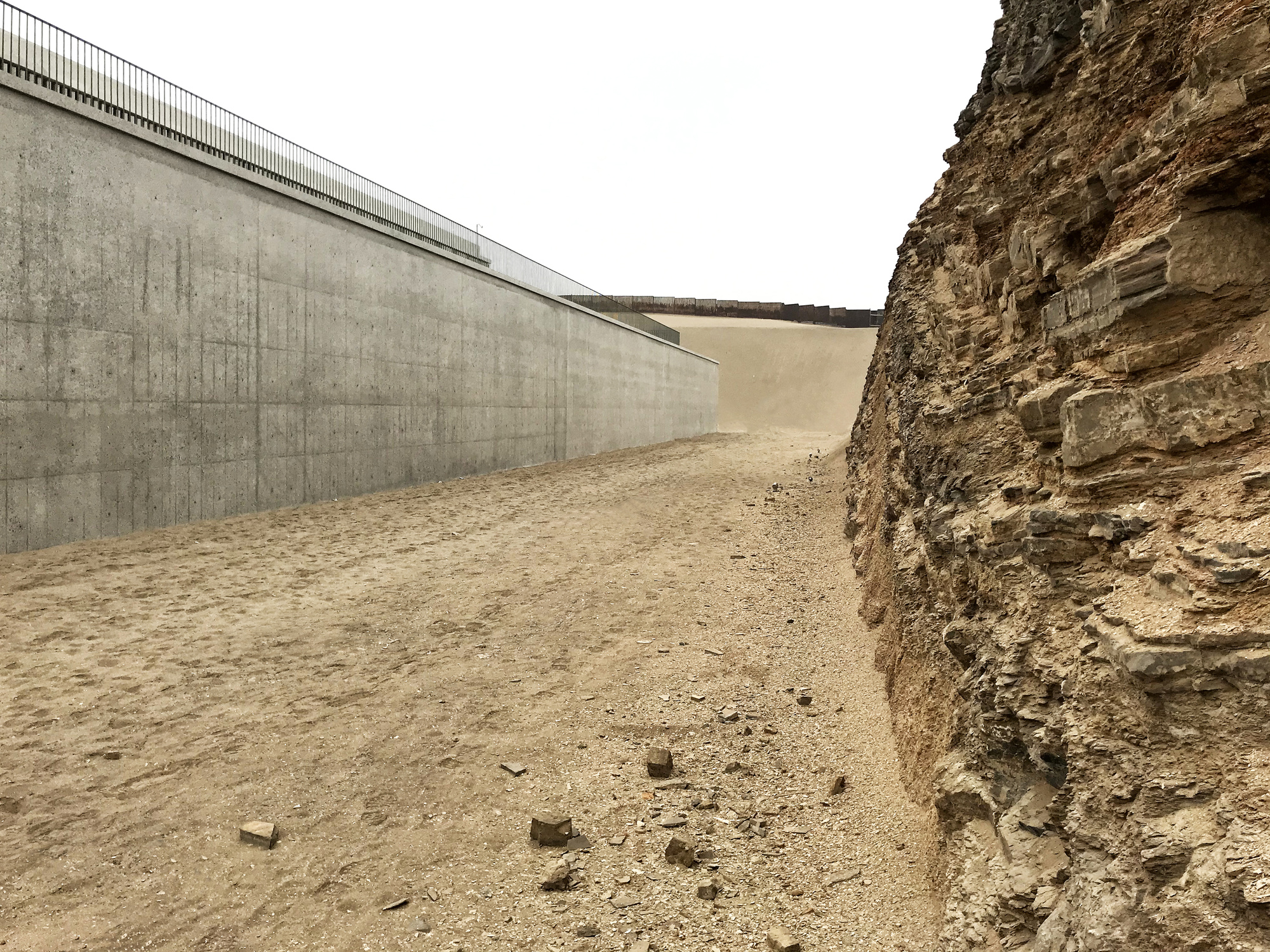
博物馆整体的分布不分等级,对基础设施各方向的设计都保持一致:四个高架户外平台与Pachacamac考古保护区、遗址博物馆、太平洋、Urpiwachak泻湖、农业景观、Tablazo沙漠,以及胡里奧·C·特洛(秘鲁考古学之父)与萨尔瓦多镇的城市化发展??
The general seating is non-hierarchical and treats all the orientations of the infrastructure equally: the four elevated outdoor platforms relate to the Archaeological Sanctuary of Pachacamac, the Site Museum, the Pacific, the Urpiwachak lagoon, the agricultural landscape, the desert tablazo, as well as the developing urbanizations of Julio C. Tello and Villa El Salvador
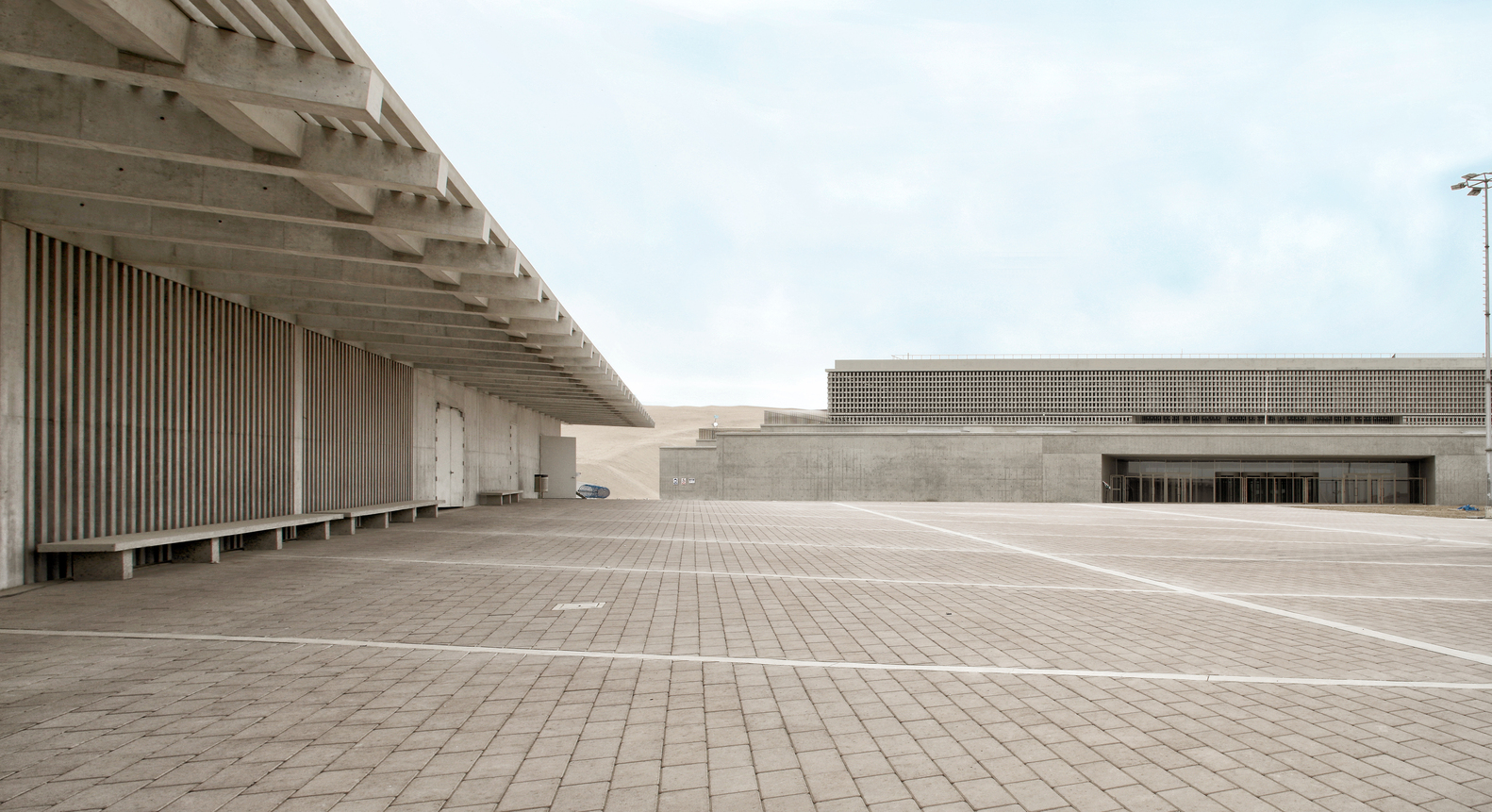
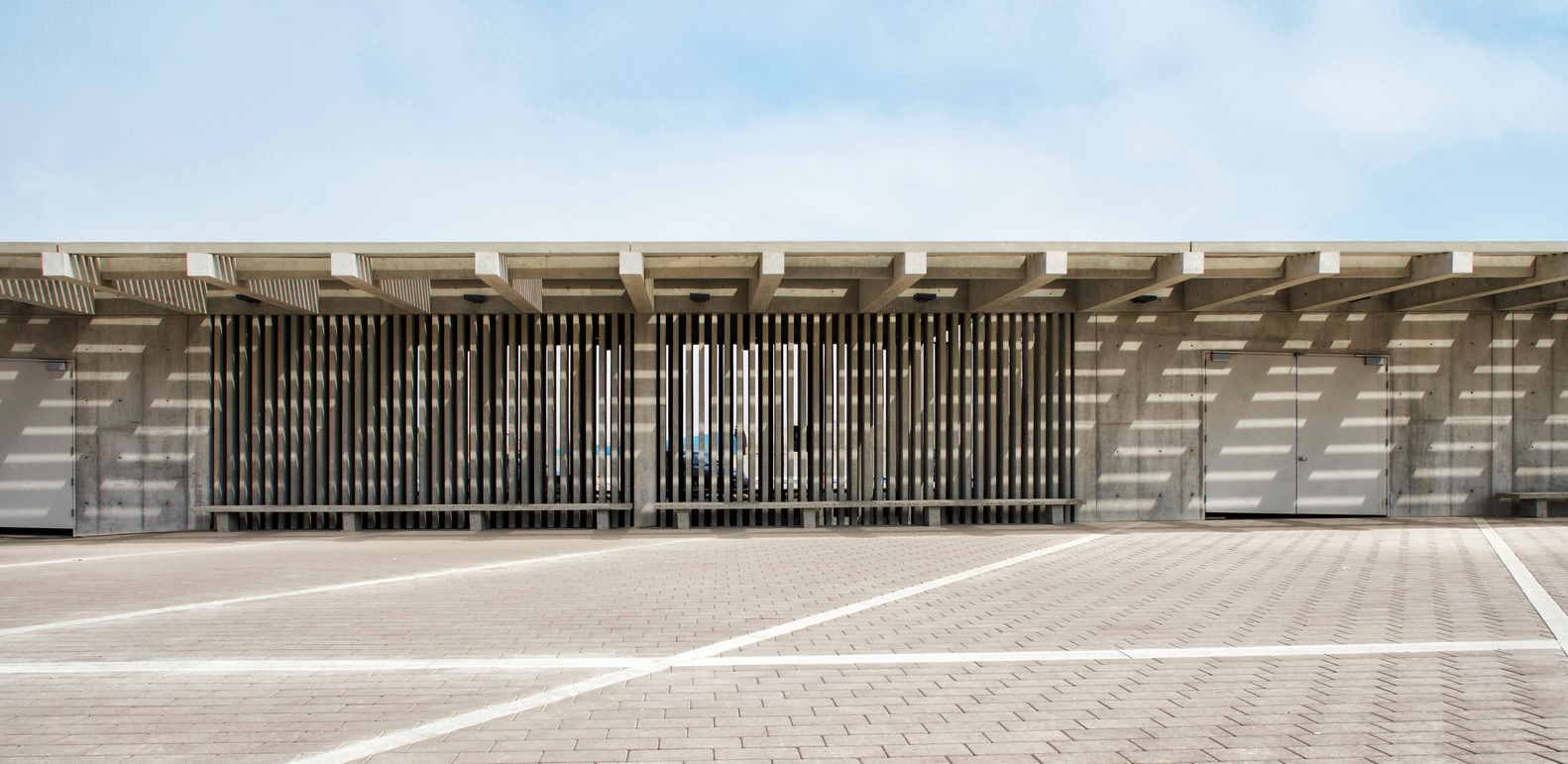
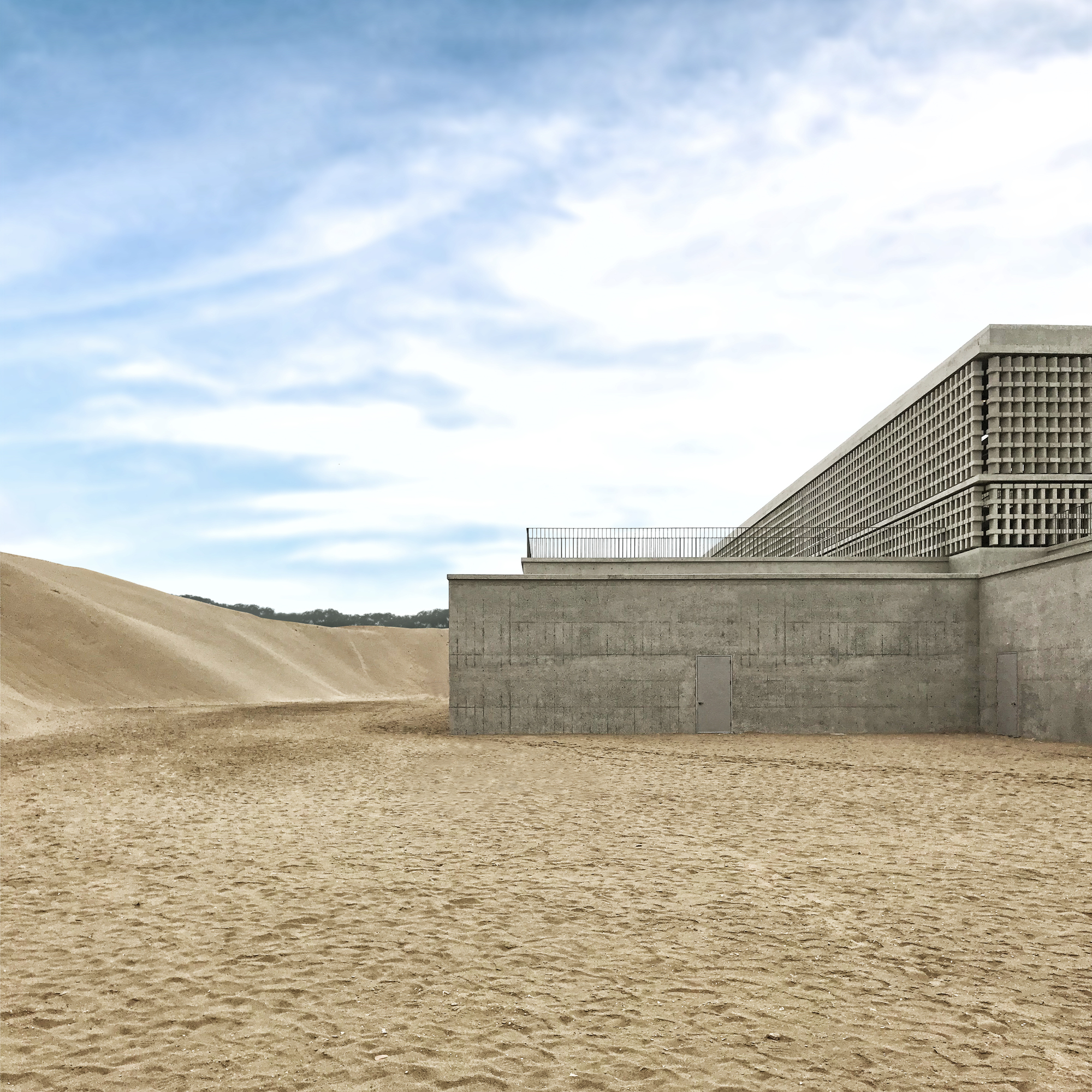
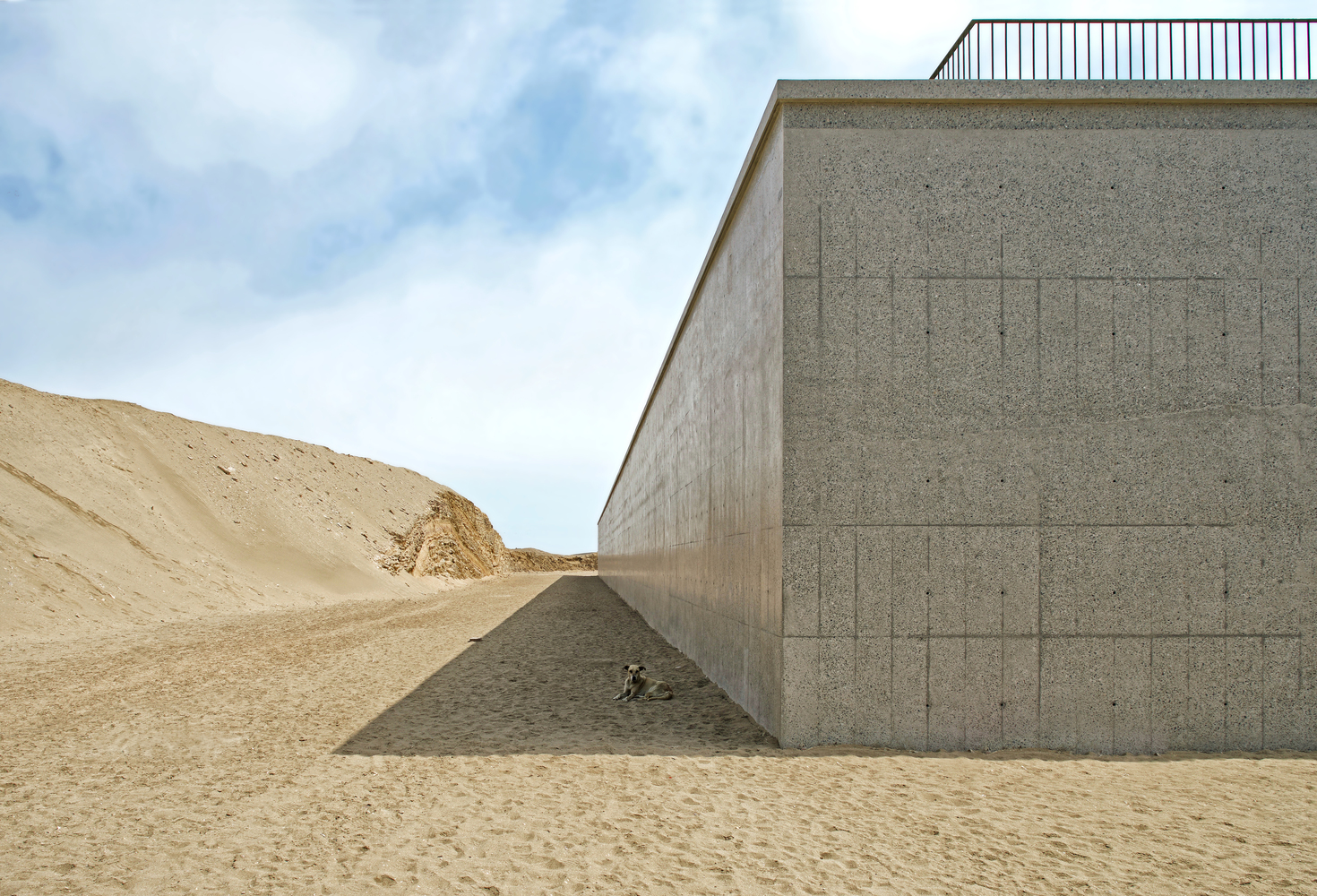
设计目标
MUNA是国家博物馆系统的中心,旨在保护修复以及联结考古遗产与我们当下的生活文化。这一全新的基础设施包含了三个主要项目:涵盖教育项目的研究与保护中心、存储与技术区、使藏品同社会空间联通的博物馆公共区域——礼堂、餐厅、图书馆和灵活的大型多功能空间。
Muna is at the center of the National Museum System designed to preserve, conserve, restore and connect the national archaeological heritage with our present living culture. This new infrastructure organizes three main programs: a Research and Conservation center with educational programs, Storage and technical areas, and public Museum areas with collections connected to social spaces: an auditorium, restaurant, library, and large flexible non-programmed rooms.
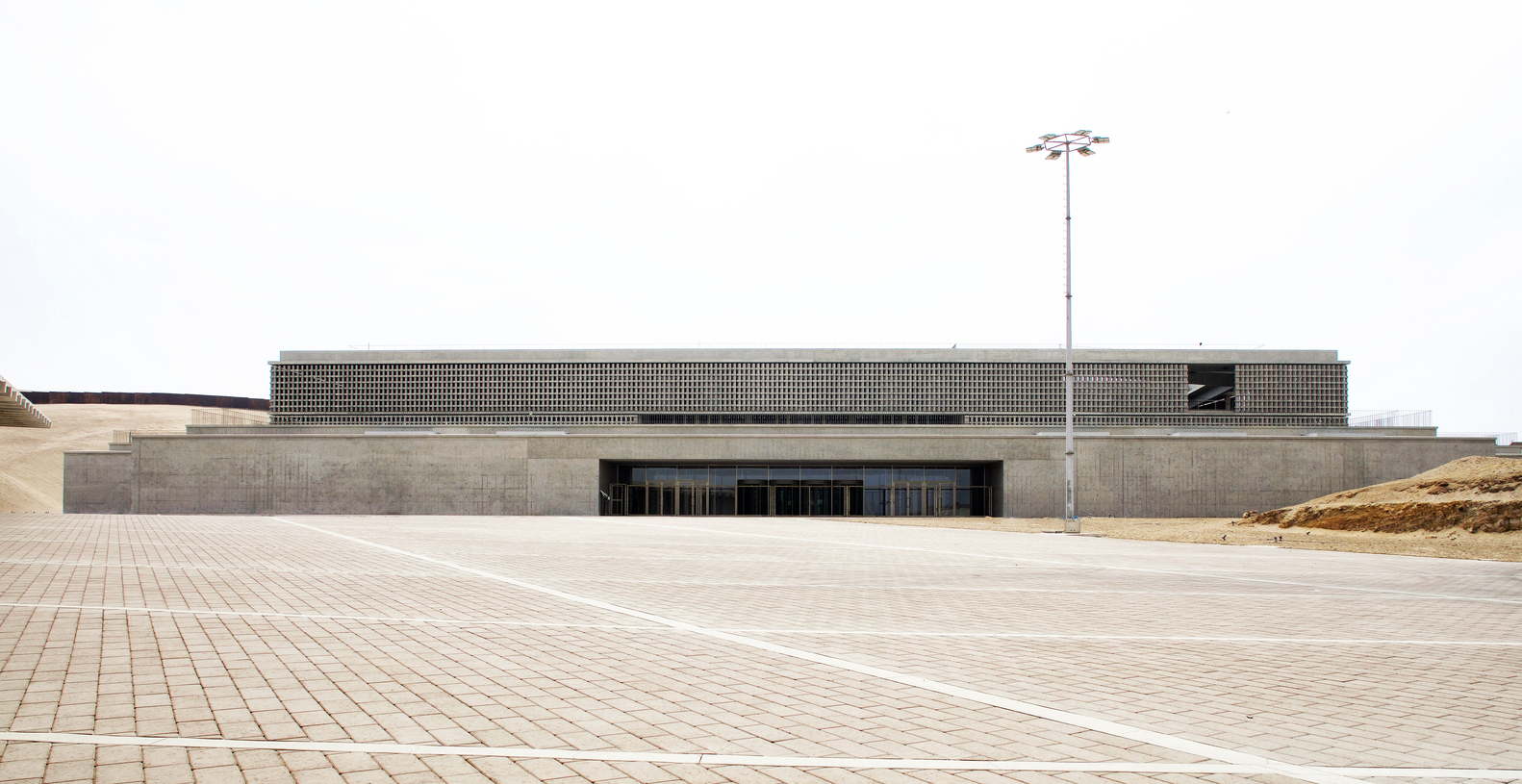

基础设施为研究人员、工人和参观者之间的无缝连接提供了畅通无阻的空间条件——在更大的区域背景下创造了一个知识交流的平台。博物馆建筑提出了一个开放的水平平台系统,并通过一个边长为25米的立方体大中庭进行竖向串联。这个灵活的不定功能空间旁设有一个宽敞的坡道,将入口层的临时展览空间与地下的博物馆主要展览区相连。
The infrastructure builds physical conditions without barriers for seamless encounters between researchers, workers, and visitors- creating a platform for the exchange of knowledge intended for a larger Regional context. The architecture of the Museum proposes a system of spatially open and horizontal platforms vertically interconnected by a large 25m x 25m x 25m skylit void. A wide ramp at the perimeter of this flexible non-programmatic space connects the temporary exhibition spaces at the entrance level to the main museum exhibition area underground.

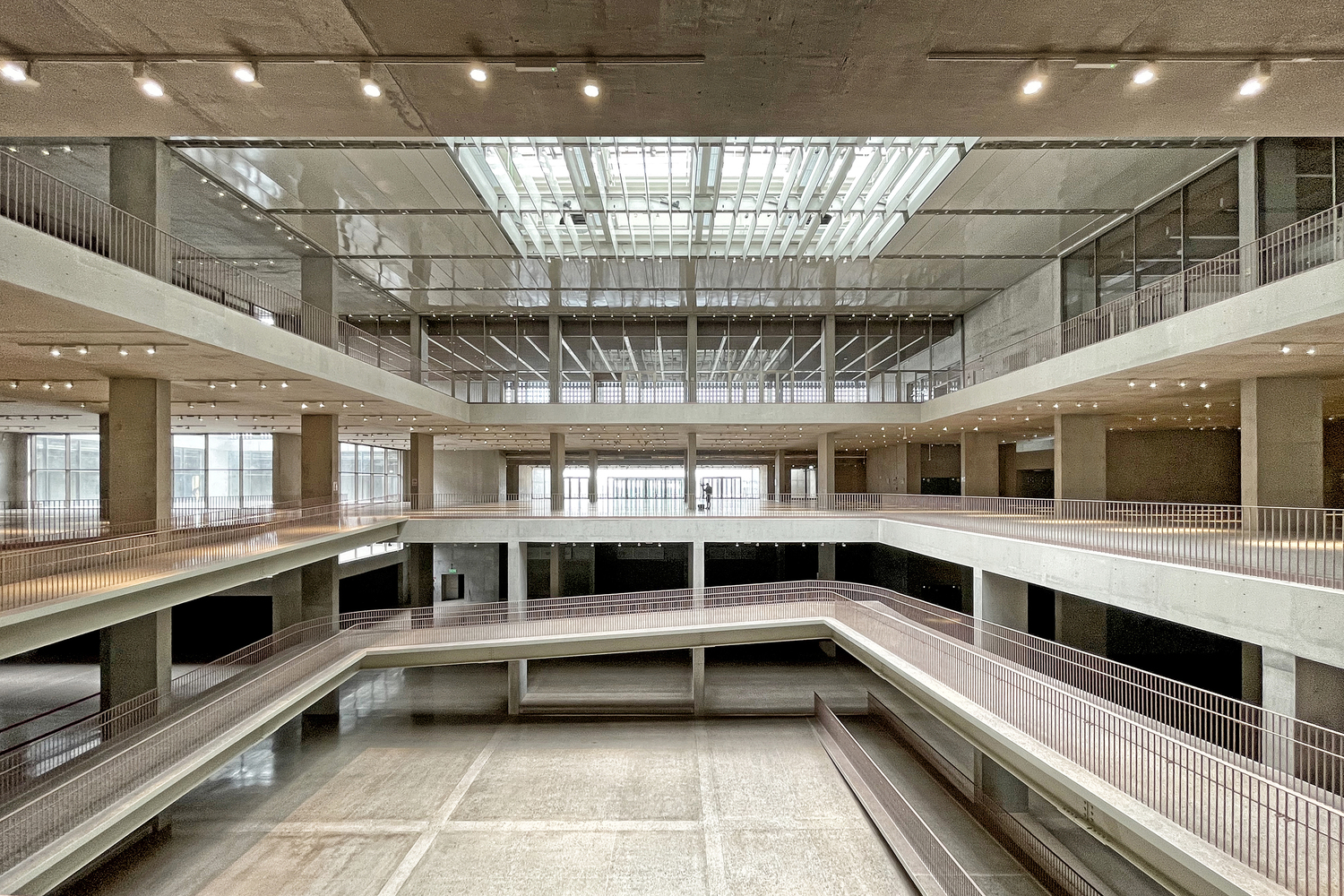
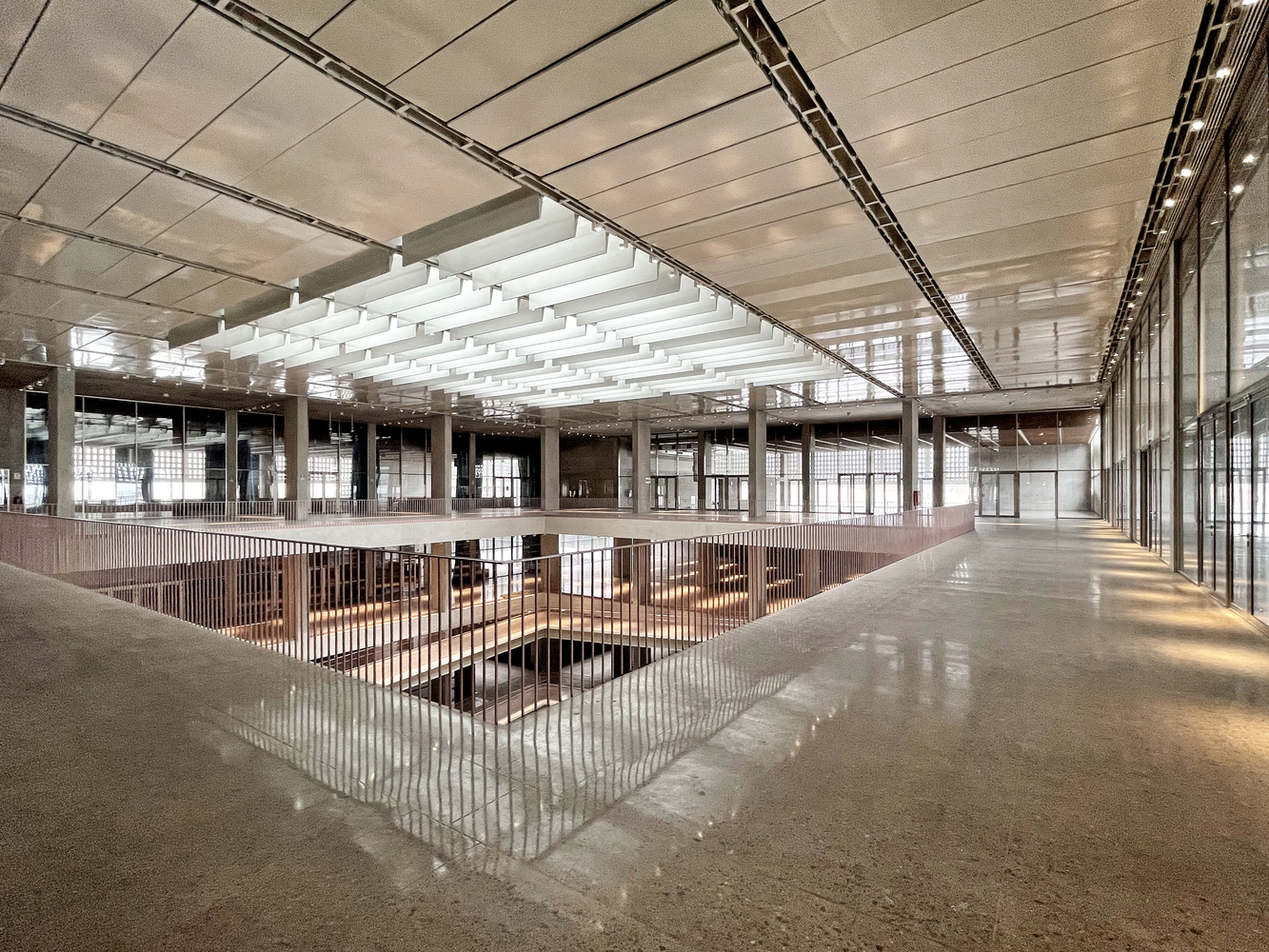

在视觉上,这个空间连接起全部的展览空间与上层的公共活动空间——一个用于装置及临时展览的场所。同样,建筑二层的景观与周边的原生植被为即兴的活动提供了一个生态系统。
Visually this space connects all the exhibition spaces with the social activities above--a place for installations and temporary interventions. Likewise, the landscape project for the building’s second level and surroundings of native and local vegetation offers an ecosystem for improvised activities.


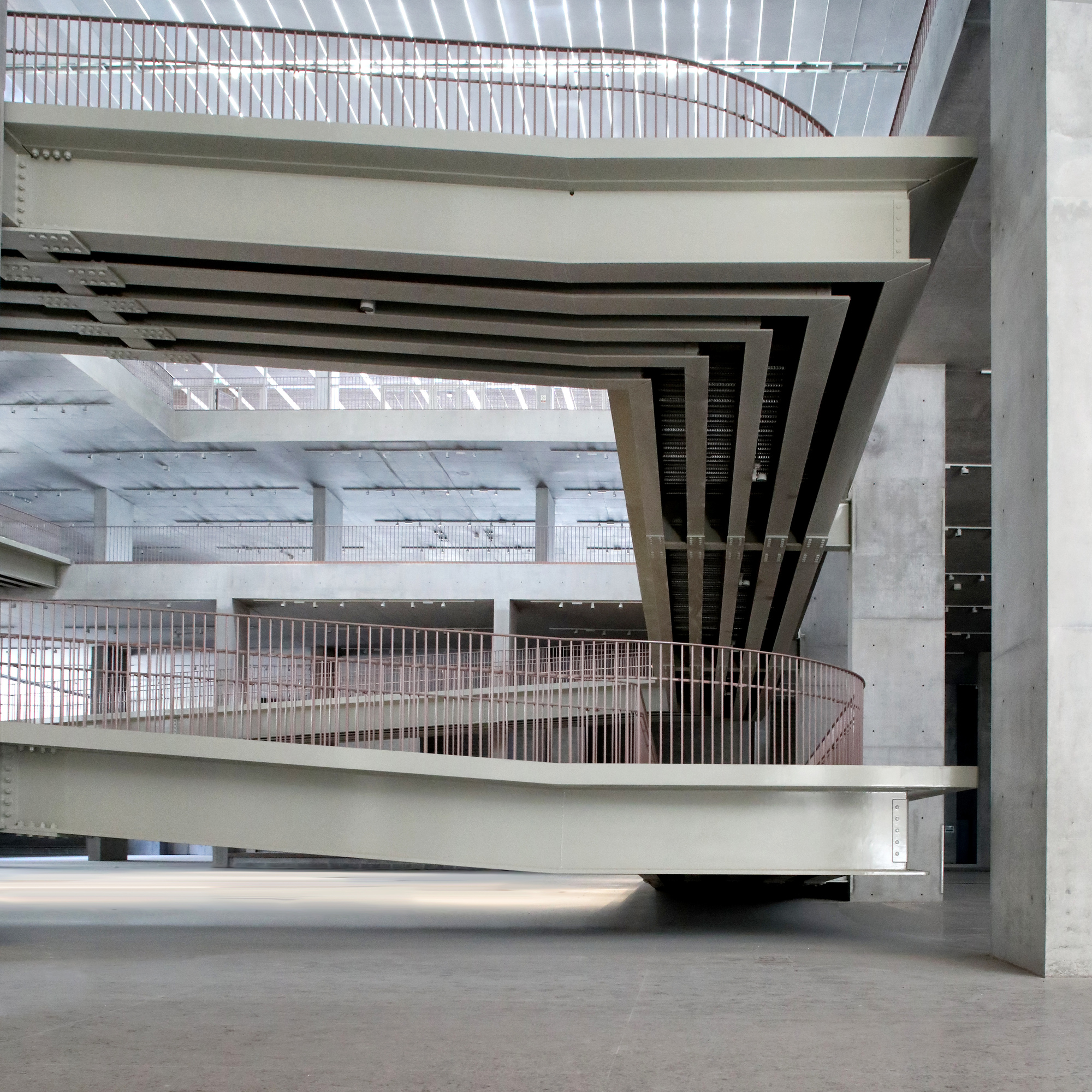

对于MUNA来说,若欲随着时间的推移而发展博物馆学与博物馆空间的多样可能,宽敞且开放的结构是至关重要的。通过这种方式,博物馆在发展我们当代民族身份层面上扮演者一个关键性的文化角色,它同秘鲁历史上多样的景观相关——囊括了我们多样的身份,以实现集体可持续的未来。??
The generous and open structure of the MUNA is essential if it is to offer the possibility of developing multiple museologies and museographies over time. In this way, the museum plays a fundamental cultural role in the development of our contemporary national identity as connected to Peru´s historically varied landscapes- a project which includes our diverse identities for a collective sustainable future.
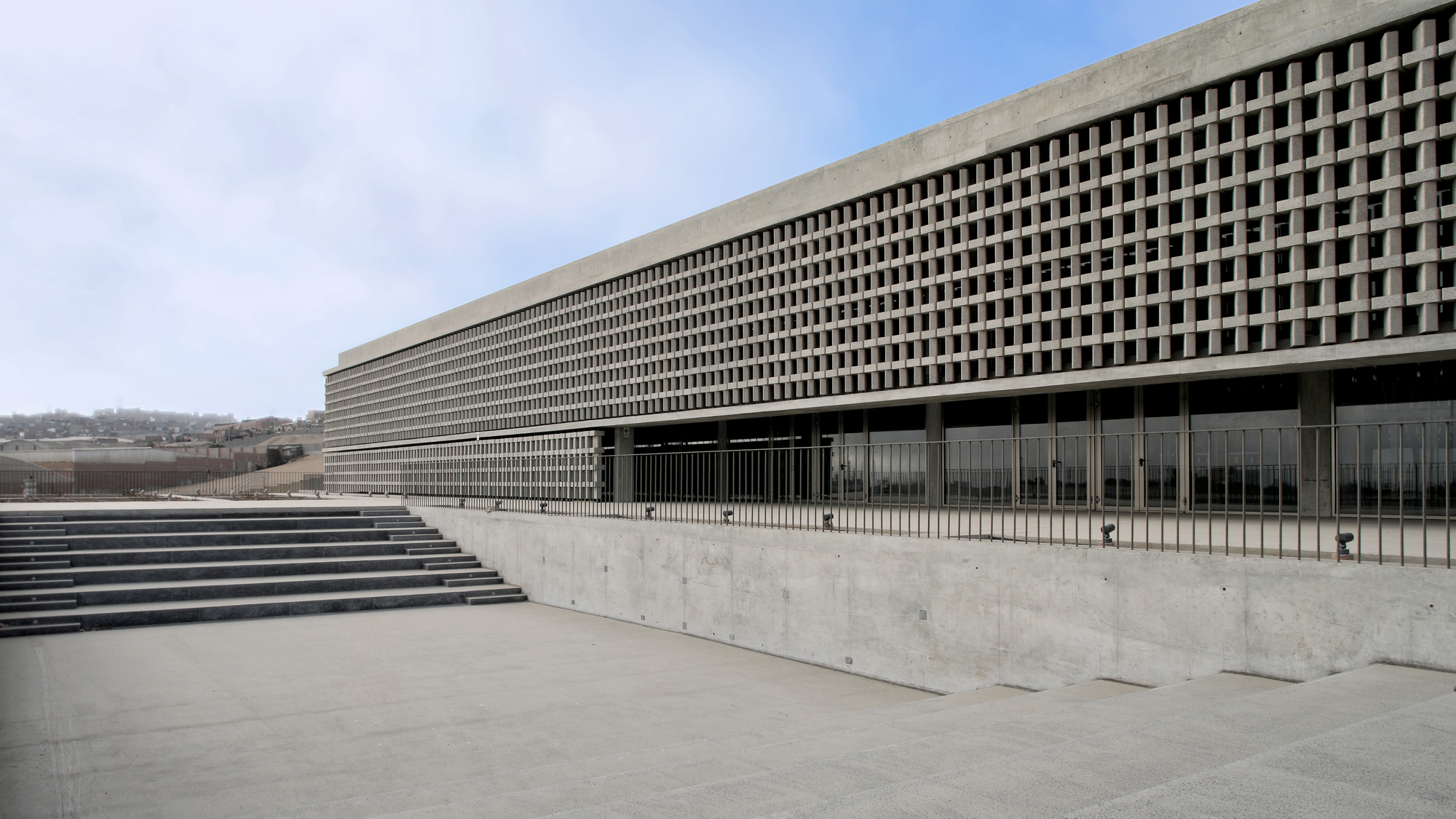
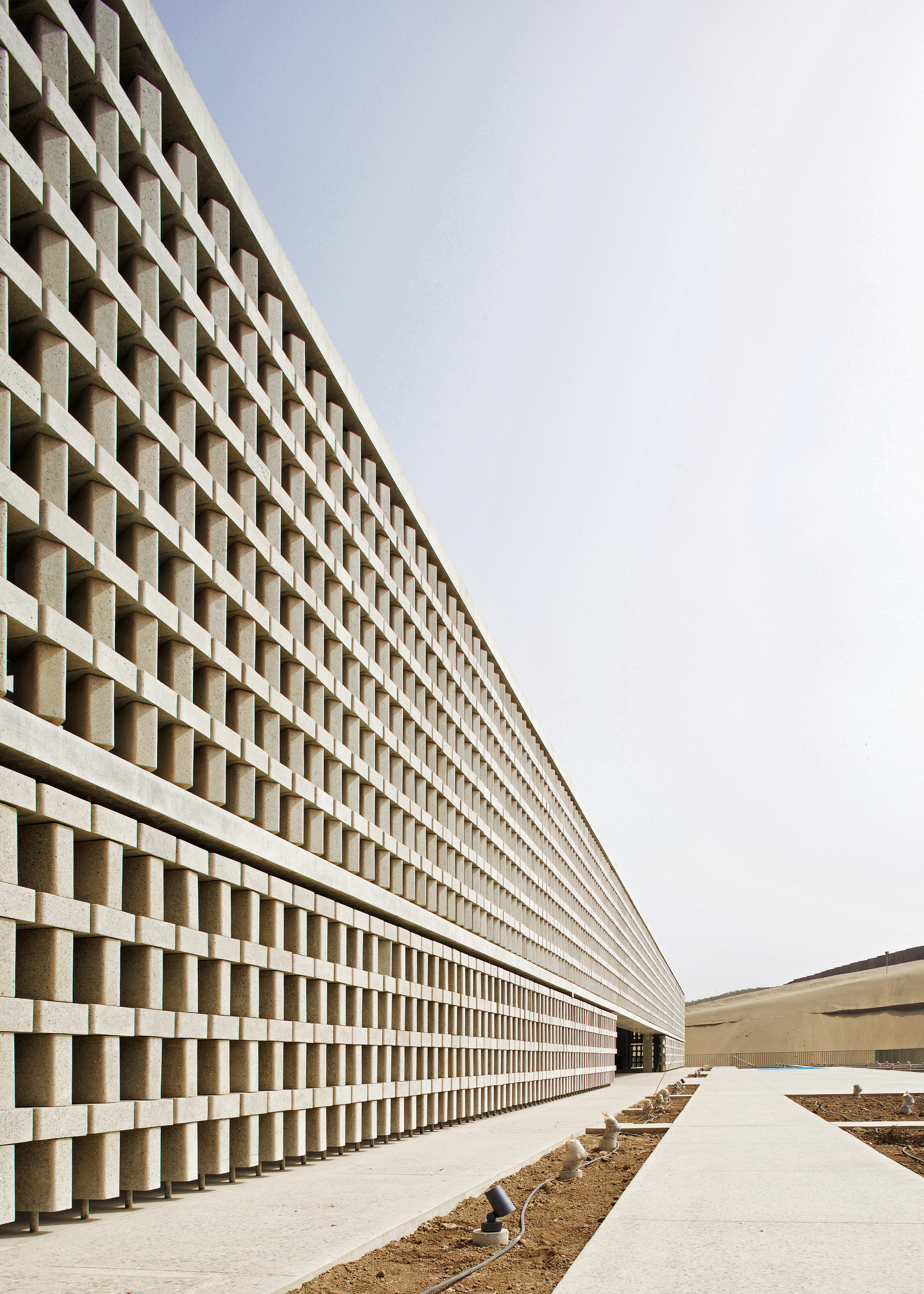
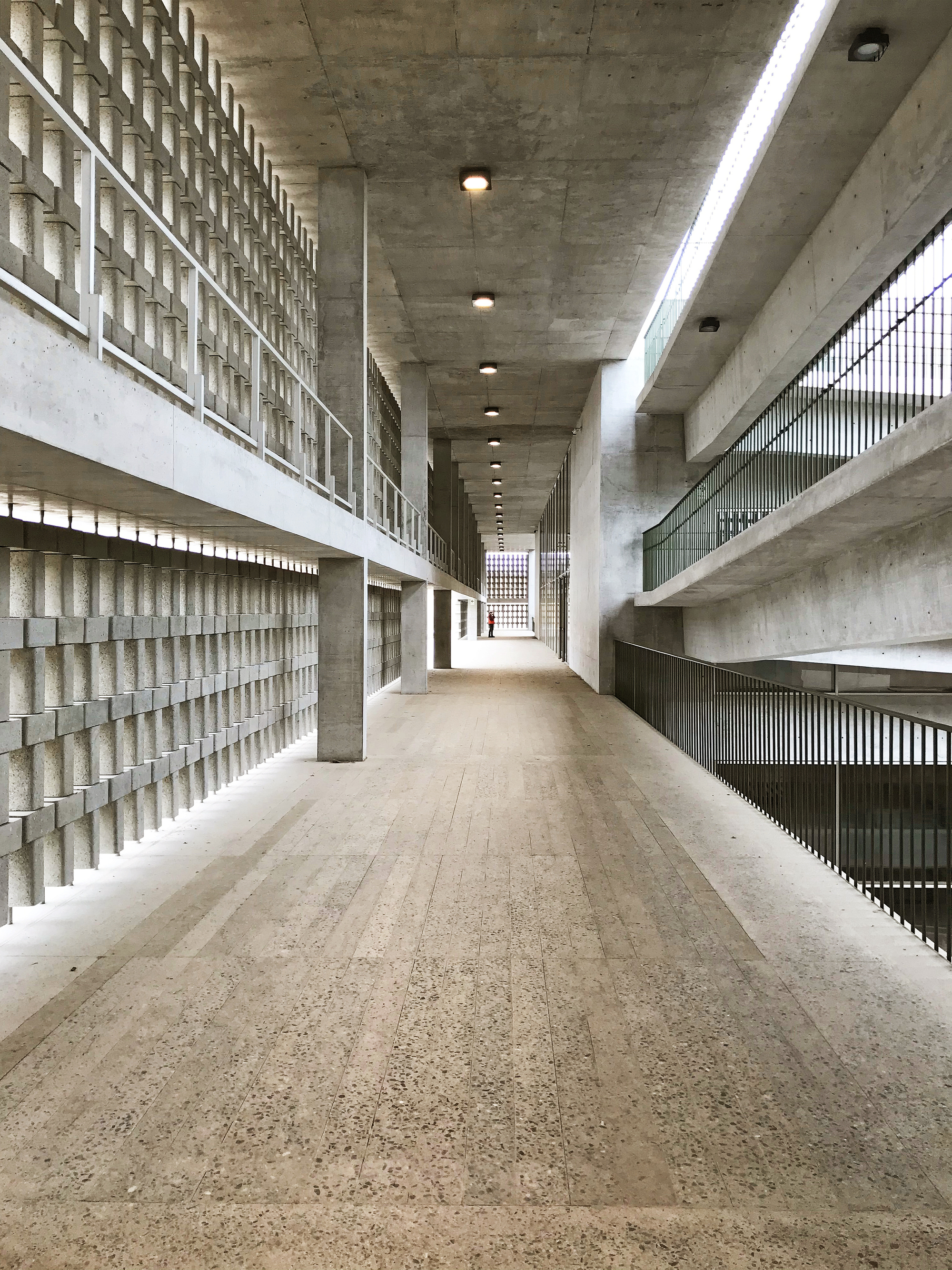
性能表现
因为七成的工程量都在地下,这一新建基础设施在地上的视觉效果非常有限。这样的设计利好于基础设施的抗震性(8块结构板连接到地下设备区)与热稳定性。MUNA整体采用了被动式的热力学节能方案。外部所有水平表面增设厚实的、由土和植物组成的自然绝缘板;距热绝缘玻璃相聚4.5米处放置移动混凝土“砖屏风”(adobes),既可挡风遮阳,保护位于二层的公共空间的同时,也形成了一条通向露台的廊道。该设计不仅将光线引入了地下空间,也提供了通往屋顶天文台的路径。
The new infrastructure limits the visual presence by building 70% of its program below ground: a decision that benefits the infrastructure with both seismic resistance (8 structural plates connected to a subterranean technical area) and thermodynamic stability. The overall thermodynamic proposal of the MUNA infrastructure is passive by implementing thick naturally insulated floor slabs (of earth and plants) on all exterior horizontal surfaces, and the placement of mobile concrete “adobes” for the wind and sun textile screen separated 4.5m from the insulated glass- areas for chance encounters that protect the public spaces on the second level and give access to the patios which simultaneously bring light underground and provide accessibility to the rooftop observatory.
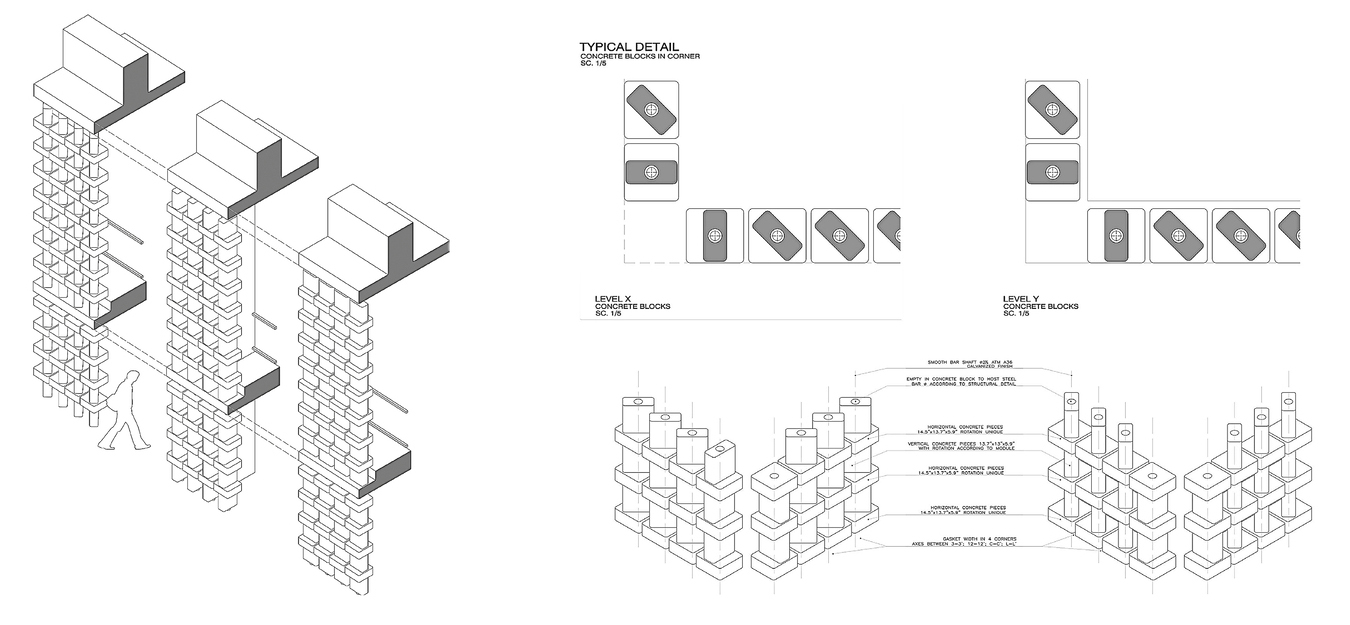
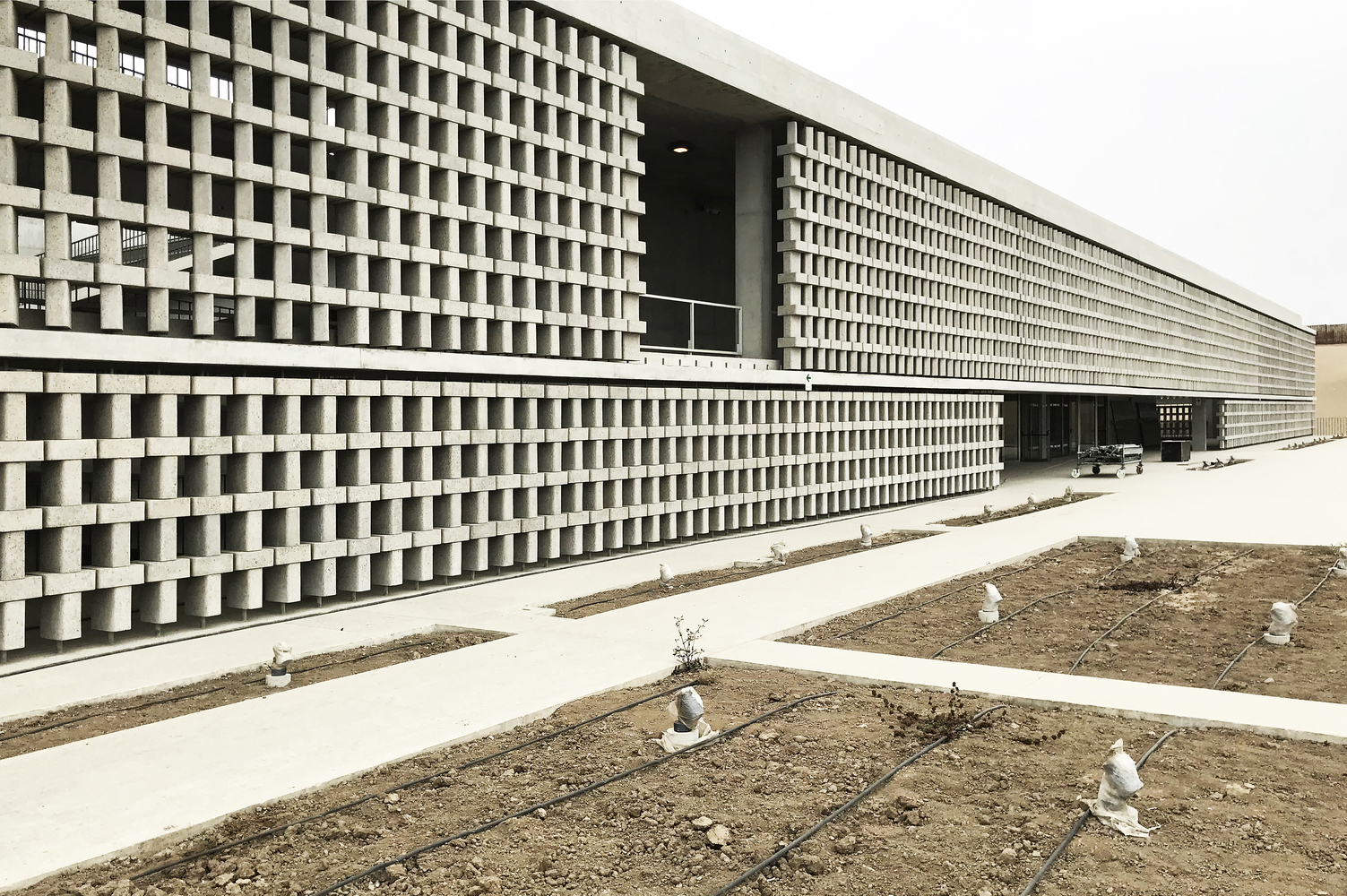
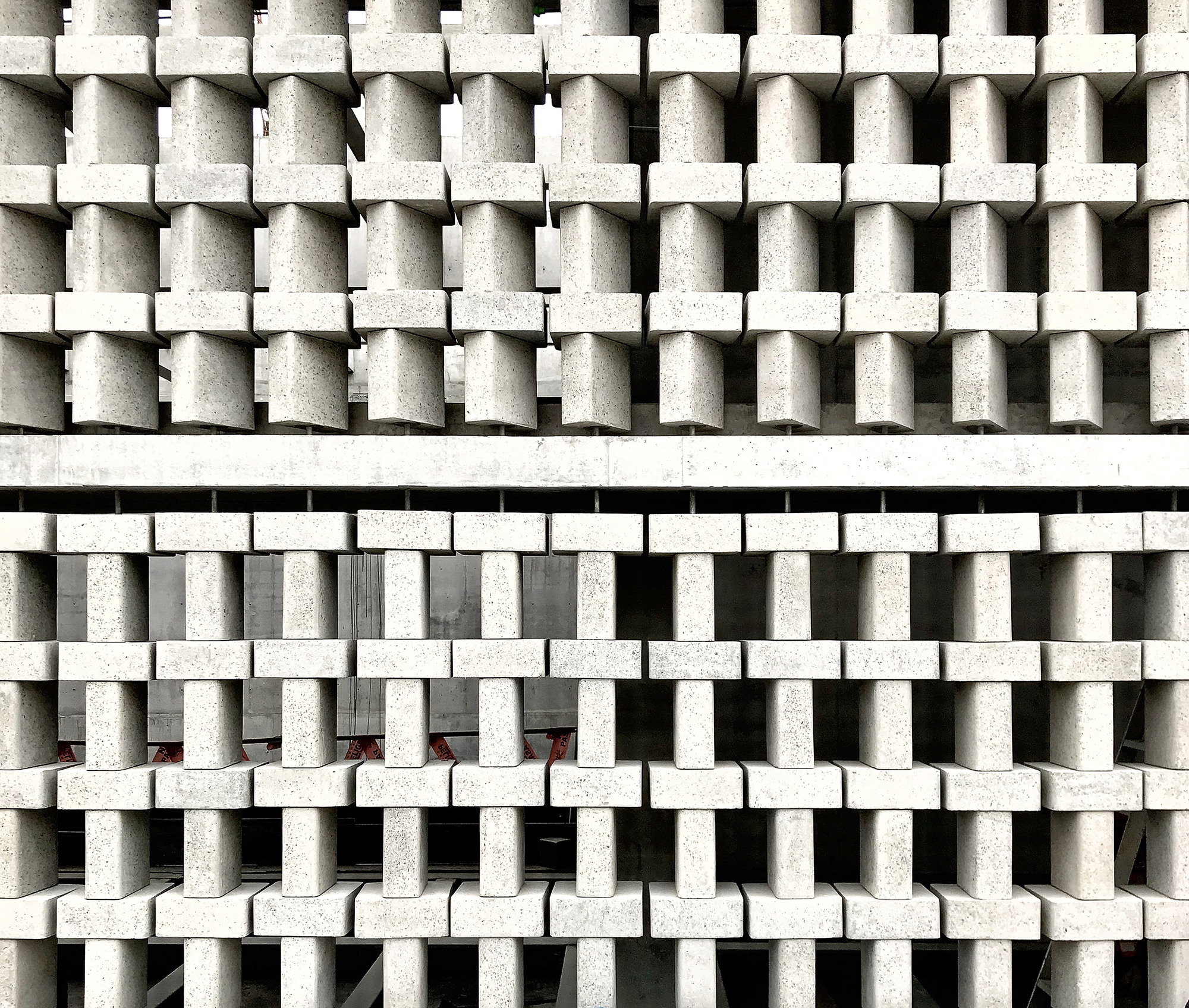
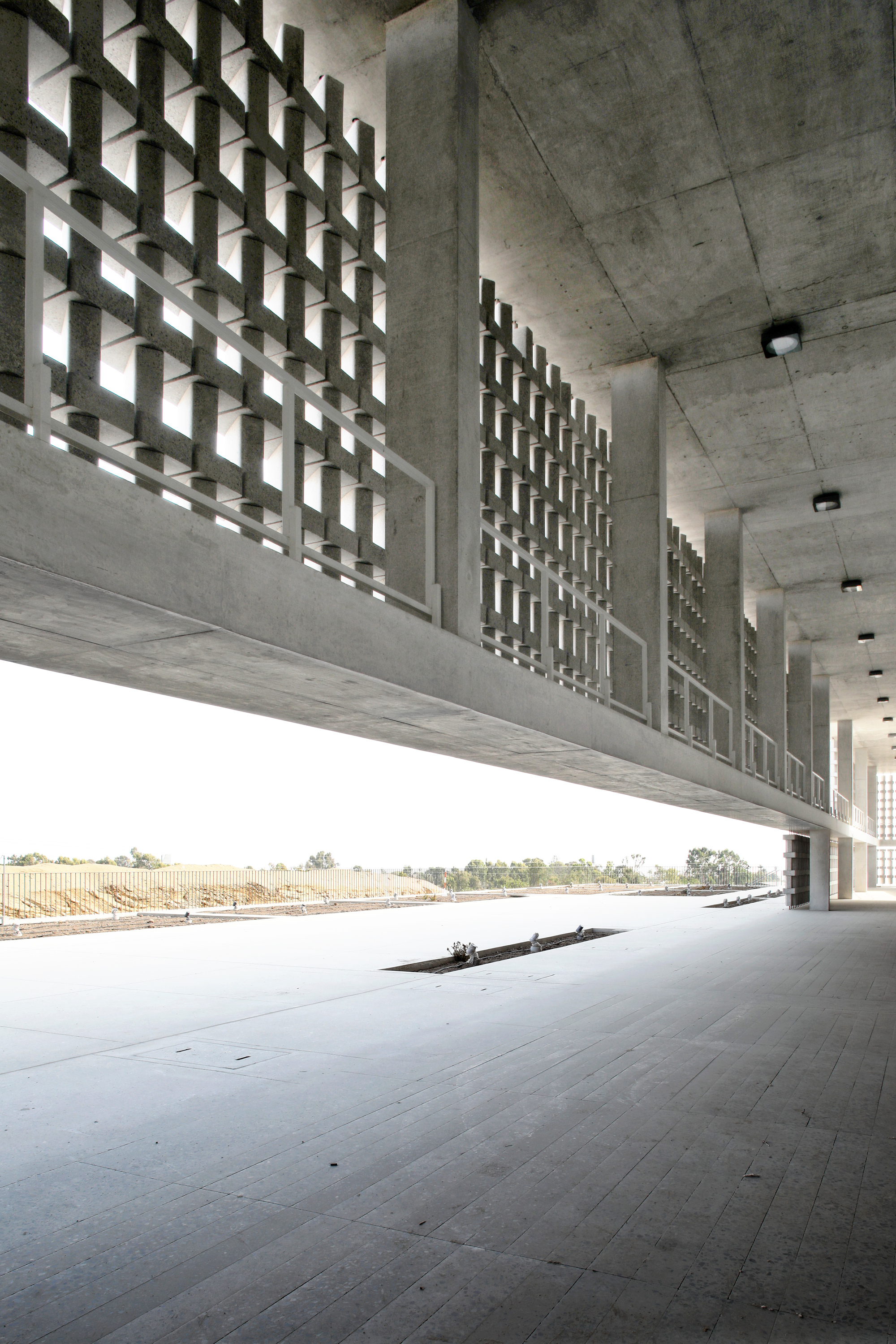
竖向空隙??被顶光照亮,可通过机械百叶窗来控制光线的强度,为临时展览提供了不同的照明条件。建筑的结构灵活性不仅存在于展览空间,也体现在实验室和储藏空间。这些位于建筑四周的空间既可以作为整体的大空间来使用,也可以依据使用功能所需分隔成较小的房间。
The vertical void is illuminated with zenithal light whose intensity is controlled by mechanical louvers allowing for different lighting conditions for the temporal exhibitions. The building´s structural flexibility is not only a characteristic of the exhibition spaces but of the laboratories and storage space as well; these spaces on the four sides of the building can be used as large spaces or divided into smaller rooms as the program of these activities is defined.
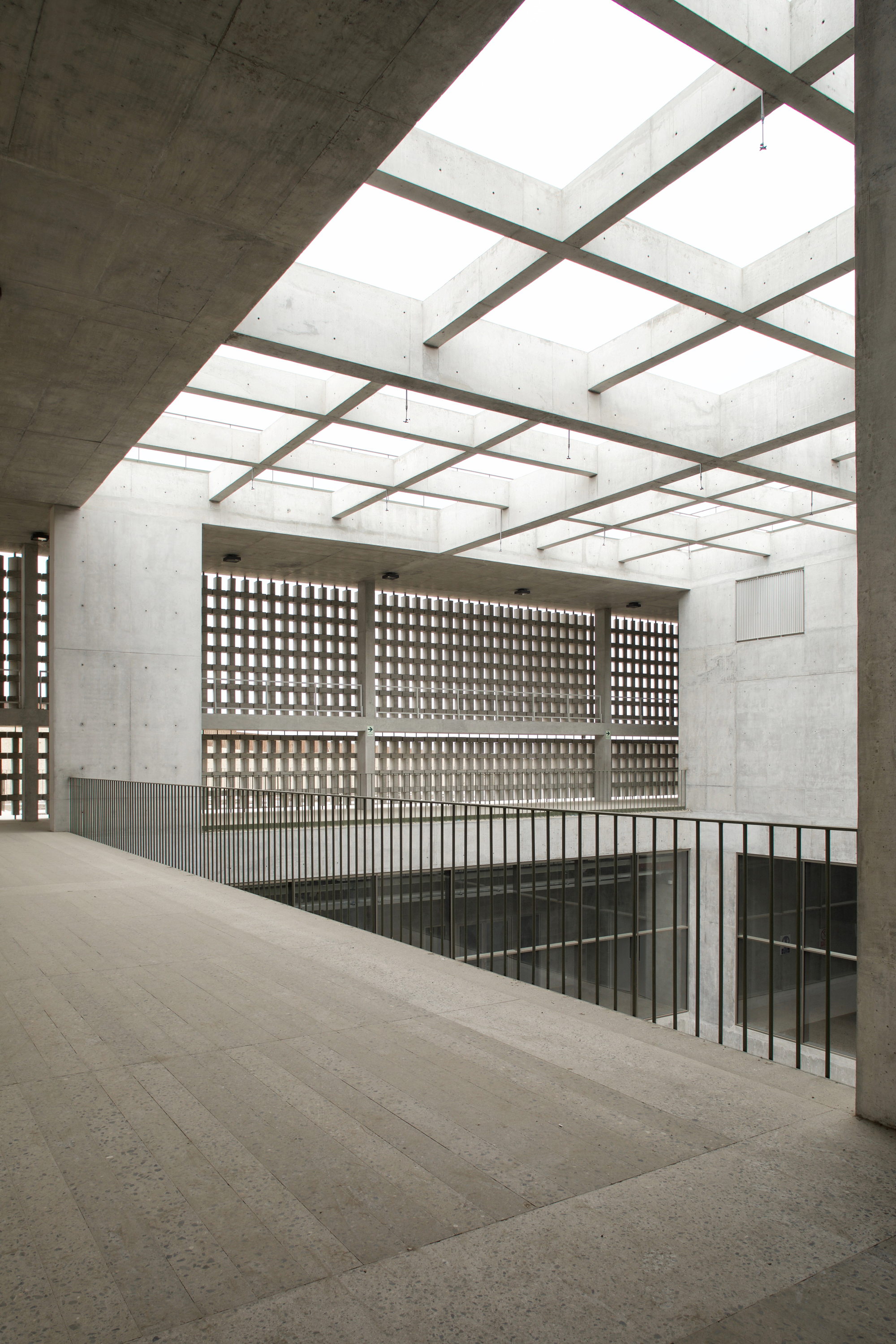

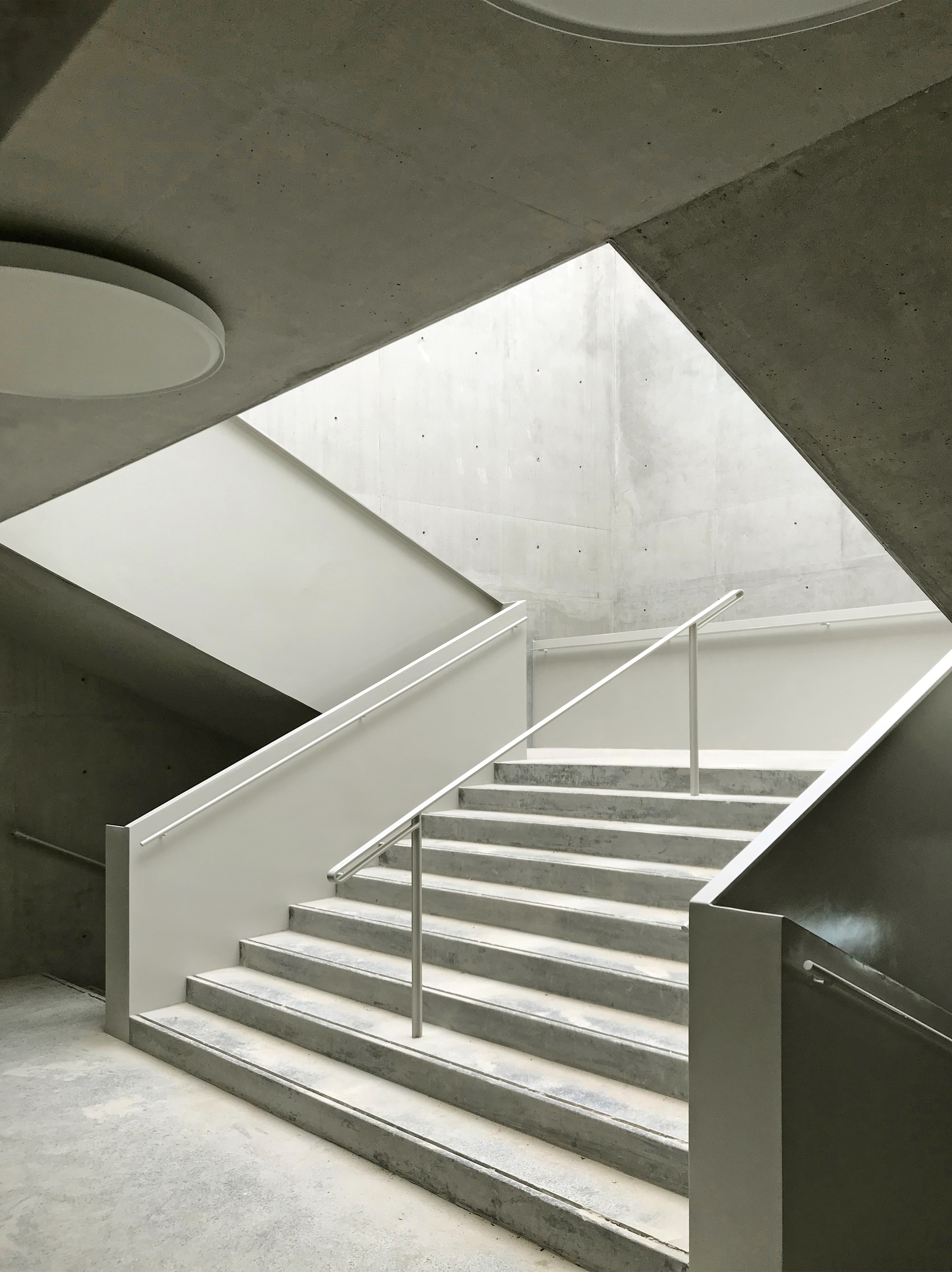
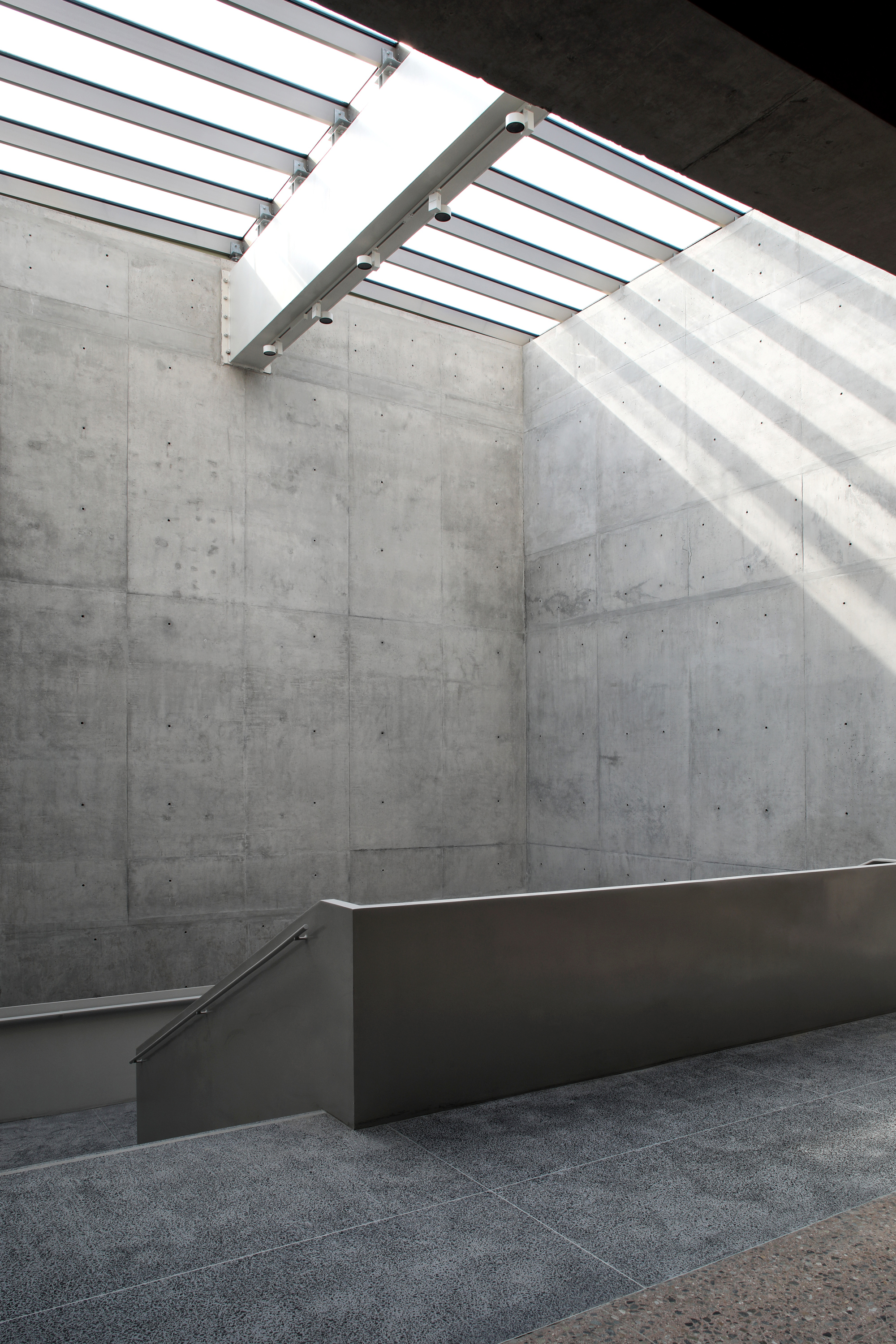
让结构与所有附属设备??独立开来,消除区域中的空间与结构限制,是一项关键性的设计策略,它为未来MUNA博物馆学与博物馆空间提供了发展的潜能。安装在建筑各层边缘的主要技术设施与宽阔的通行廊道相契合,在常规维修时不干扰其他功能的运行提供了可能条件。
Removing spatial and structural restrictions from these areas is a critical strategy that gives freedom to the future Museology and Museography of the institution- the structure and all installations are independent of each other. A primary technical installation perimeter ring on all levels of the building coincides with wide circulation corridors allowing for general maintenance without disturbing the adjacent program functions.
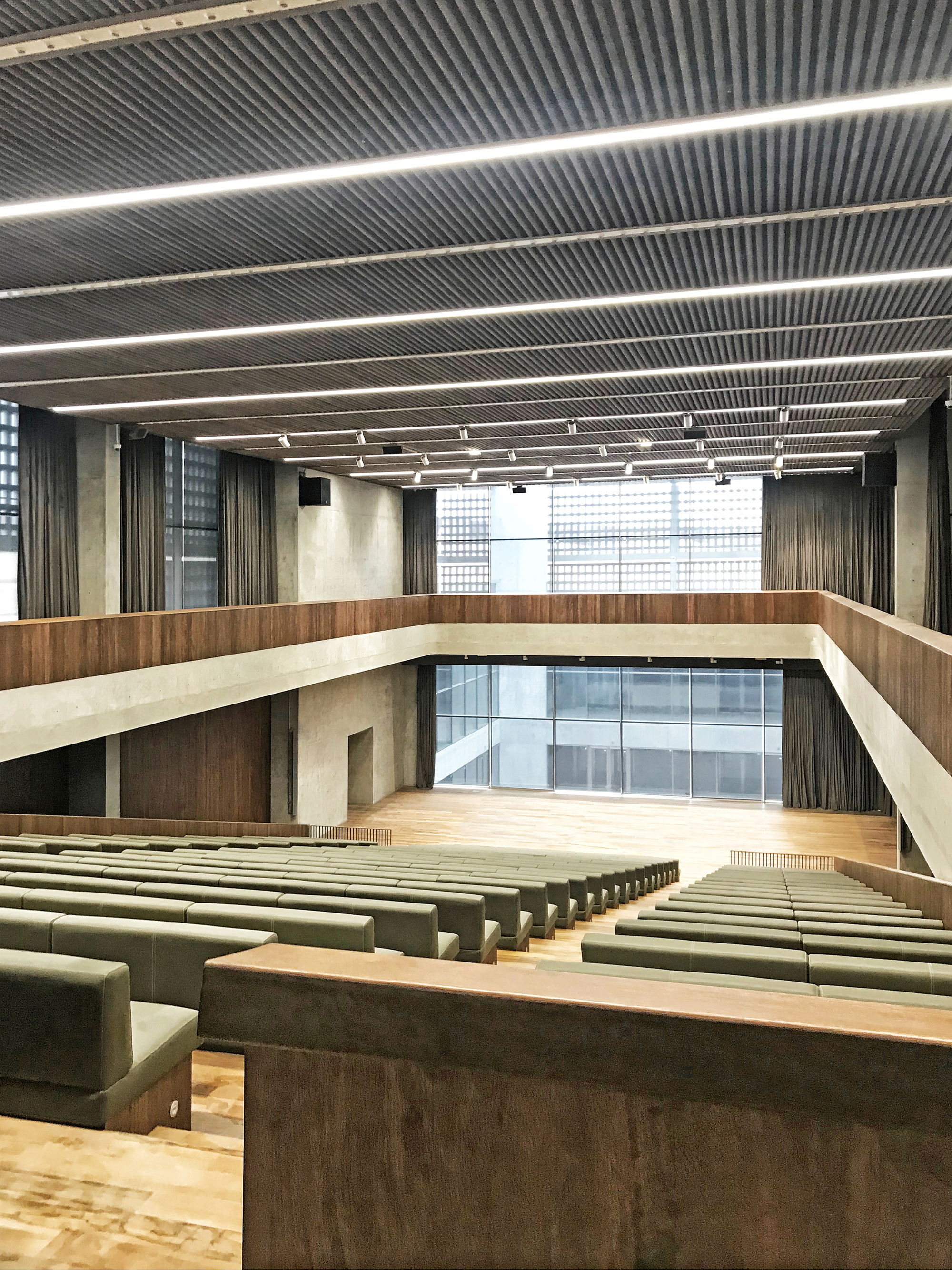
设计图纸 ▽

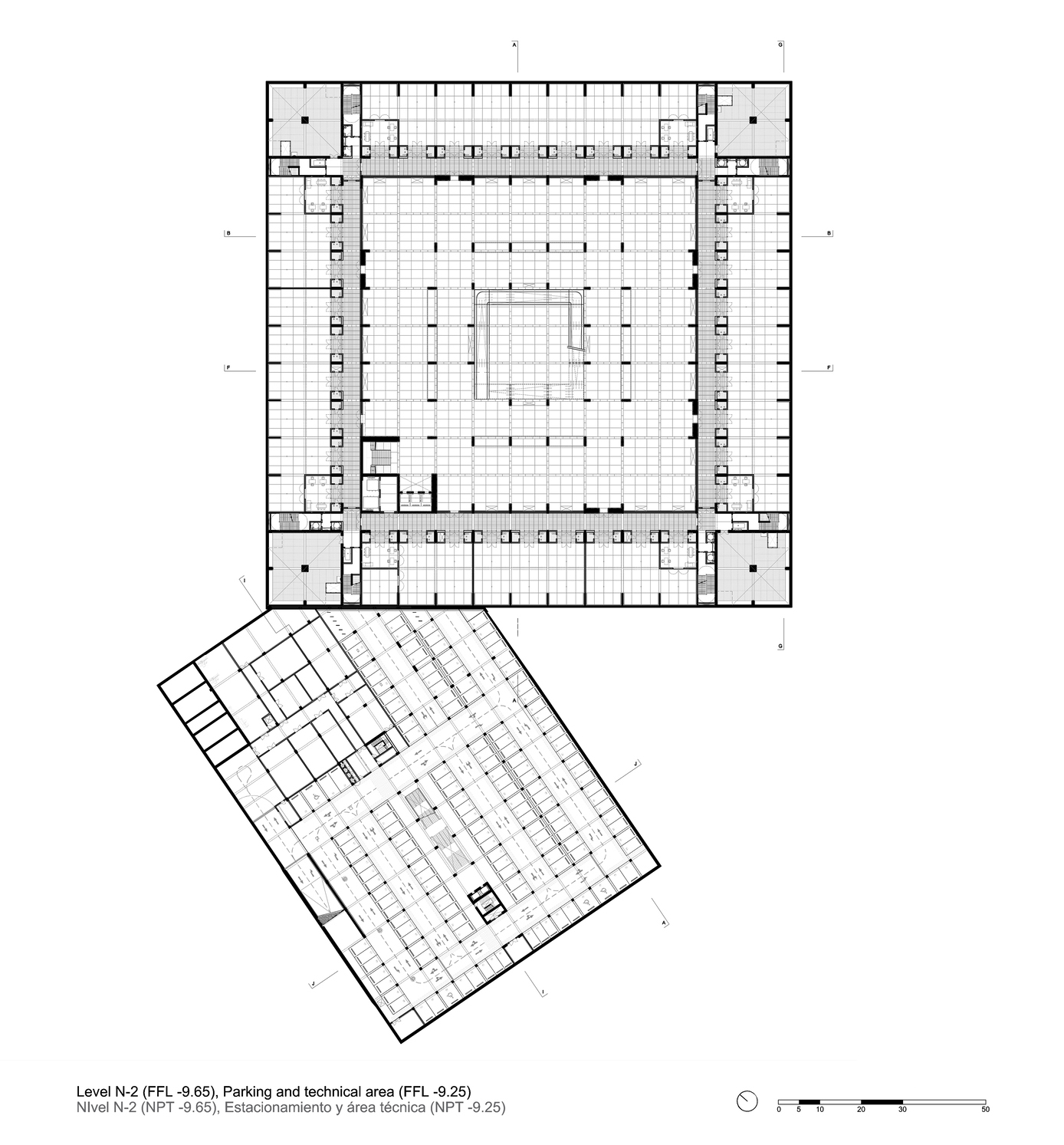
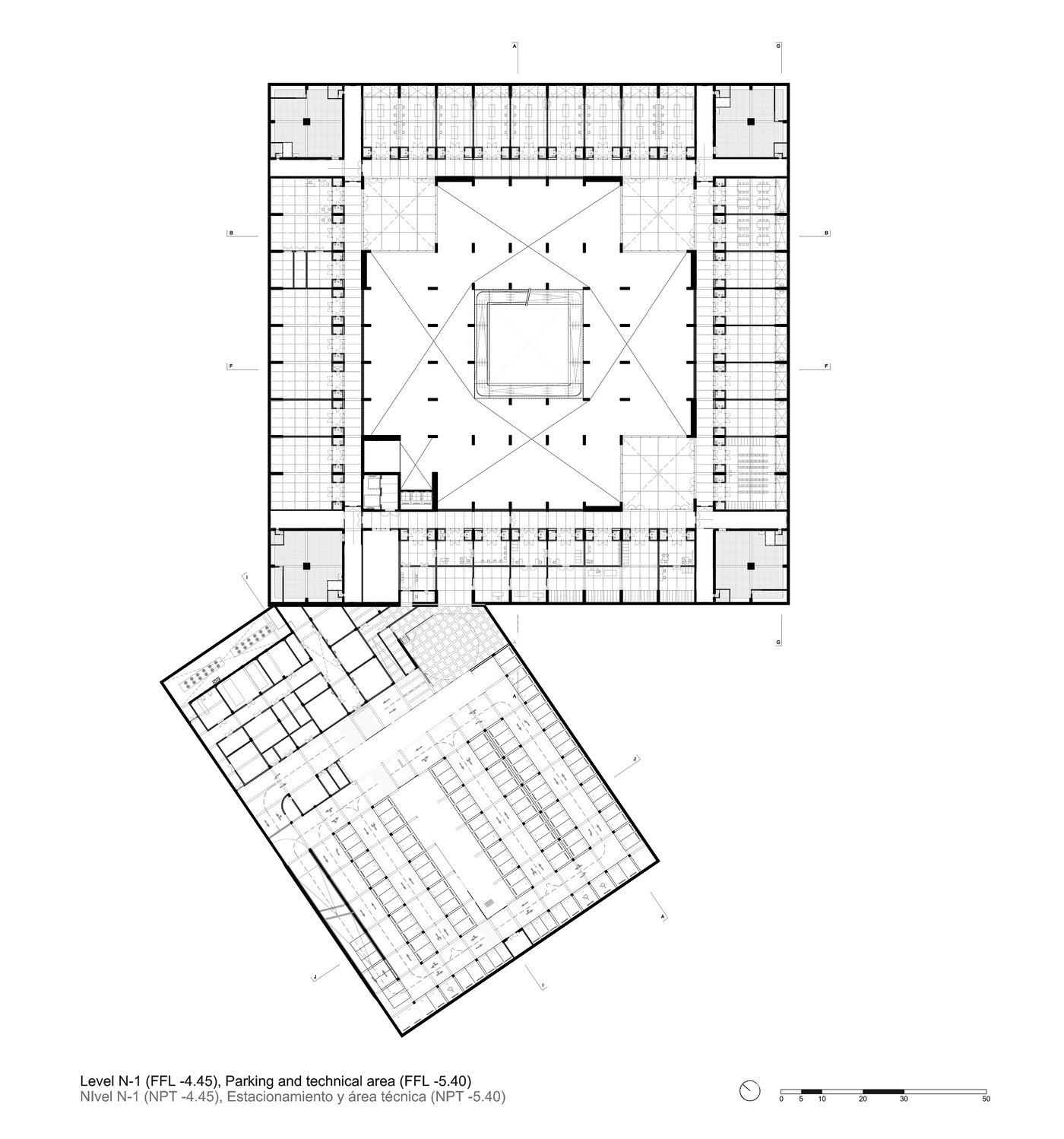
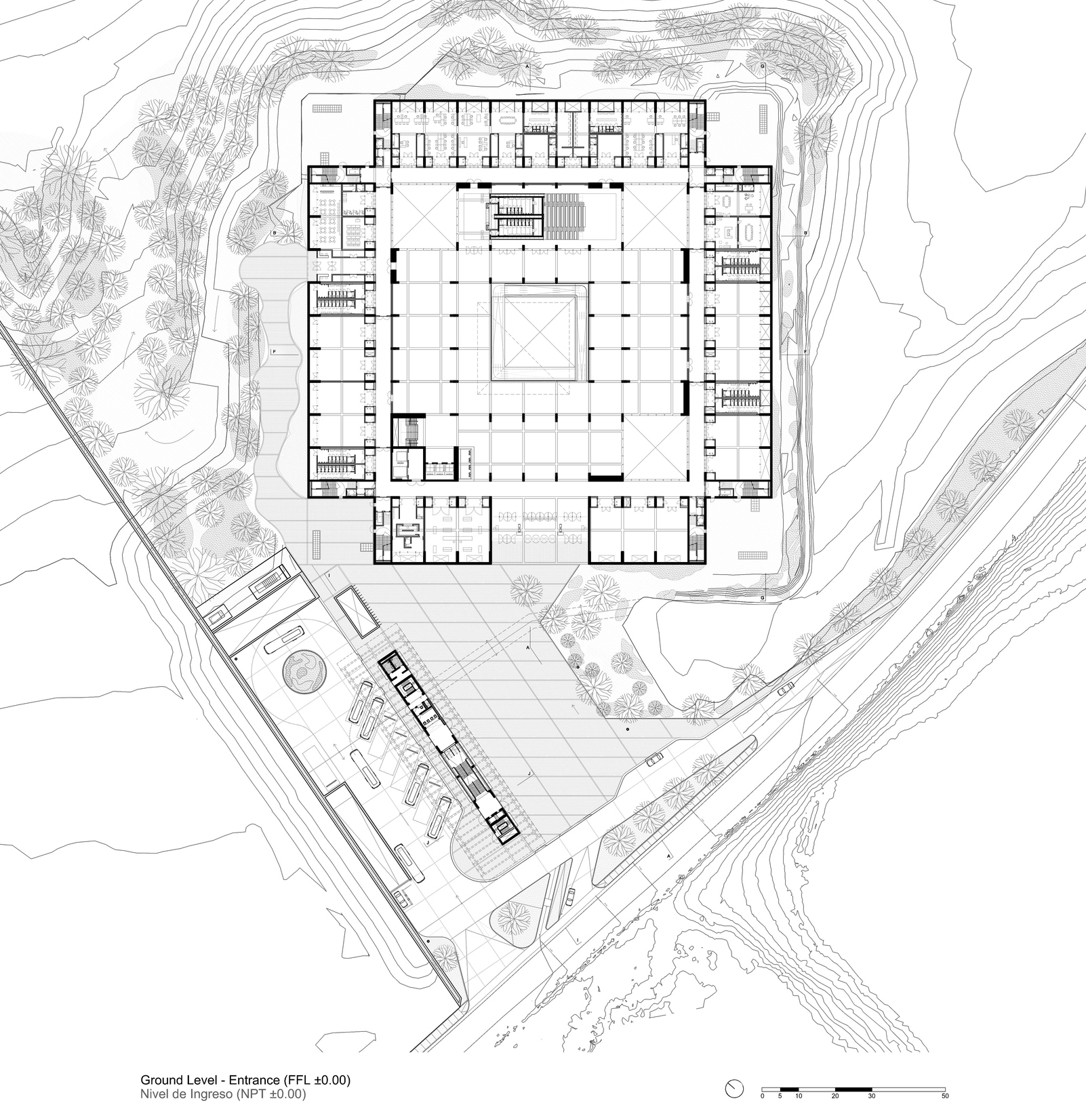
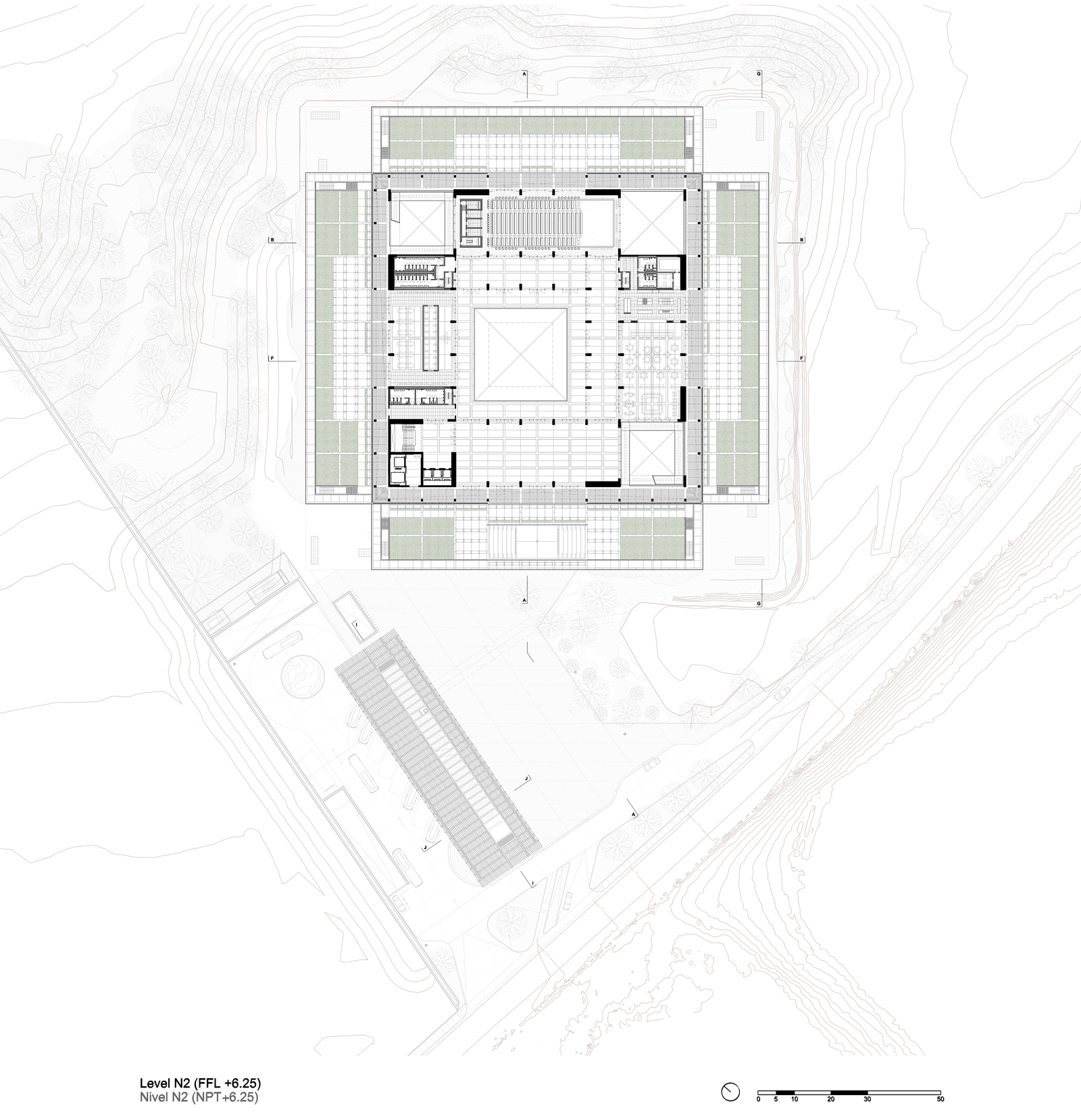

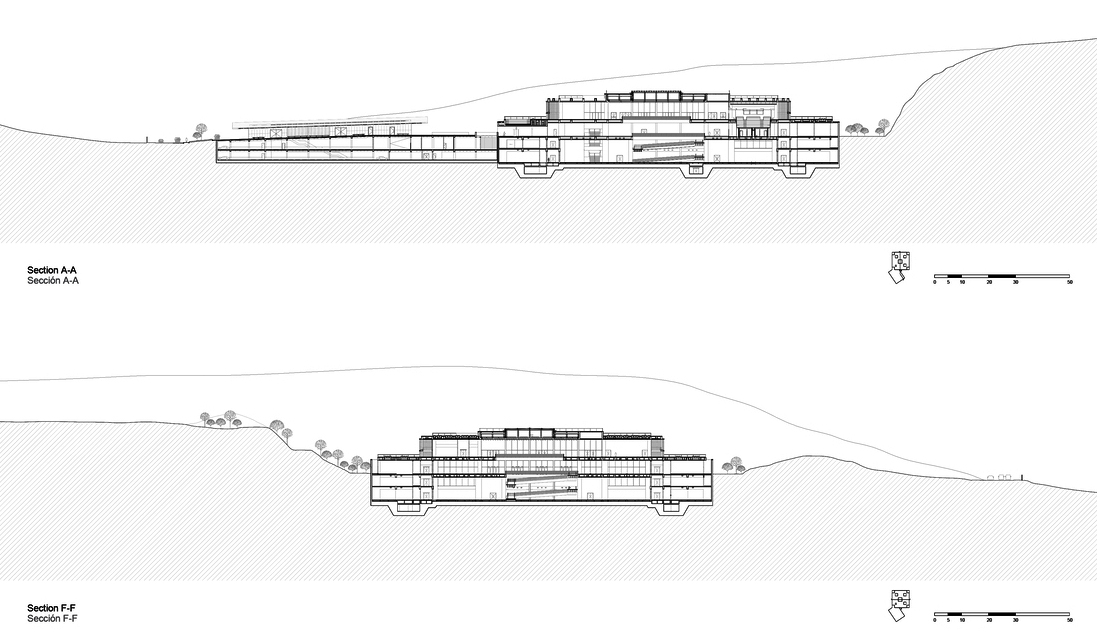
完整项目信息
Architects : leonmarcial arquitectos
Area : 810609 ft²
Year : 2021
Photographs : Lucho Marcial, Evelyn Merino Reyna
Principal Architects Project : Alexia León y Lucho Marcial
Principal Architects Contest : Alexia León, Lucho Marcial, Paulo Dam, Jose Canziani.
Project Coordinators : Mareika Kardum, Francisco Rodriguez, Alejandra Carreras, María Huamán
Collaborators : Alex Cuadra, Henry Villalta, Luis Falen, Sandro Casanova, Gustavo Reyna, Arturo Ghezzi, Alberto Bautista, Percy Iparraguirre, Jorge Cabrera, Daniella Dibos, Vanessa Laos, Virginia Angell
Support Collaborators : Alonso Chávez, Sally Guzmán, Andrea Tapia
Structural Engineering : GCAQ Ingenieros, Carlos Casabonne
Acoustic Engineering : Arq. Carlos Jiménez.
Electrical Sanitary And Mechanical Engineering : JG Ingenieros, Julio Mora
Acoustic Consulting : Arq. Carlos Jiménez.
Landscaping : Claudia Melgarejo/ P.Arq con leonmarcial arquitectos.
Security : Eddy Tafur.
Program : Centro de investigación y conservación, Areás de depósito para colecciones, Salas de exhibición temporal y permanente, Auditorio y servicios públicos, Areás técnicas.
City : Lurín
Country : Peru
参考资料:
https://www.archdaily.com/986120/national-museum-of-peru-muna-leonmarcial-arquitectos?ad_source=search&ad_medium=projects_tab
本文由有方编辑整理,欢迎转发,禁止以有方编辑版本转载。图片除注明外均源自网络,版权归原作者所有。若有涉及任何版权问题,请及时和我们联系,我们将尽快妥善处理。联系邮箱info@archiposition.com
上一篇:六边庭:禾描展厅及办公空间 / 金秋野建筑工作室
下一篇:闹市中的落脚点:间园 / 间筑设计